Physical Sciences & Mathematics

Dr Rosa Di Felice – Identifying Optimum Enzymes for Gene Editing Through Simulations
Genome editing offers huge benefits in both healthcare and agriculture. Therefore, developing new and improved tools for editing the genomes of humans, animals and plants is a rapidly growing area of research. Dr Rosa Di Felice and her team from the University of Southern California are helping to further this effort by performing computational simulations that support experimentalists in their search. They are particularly interested in studying the mechanisms involved in gene editing using enzymes, to find out how their precision can be improved.
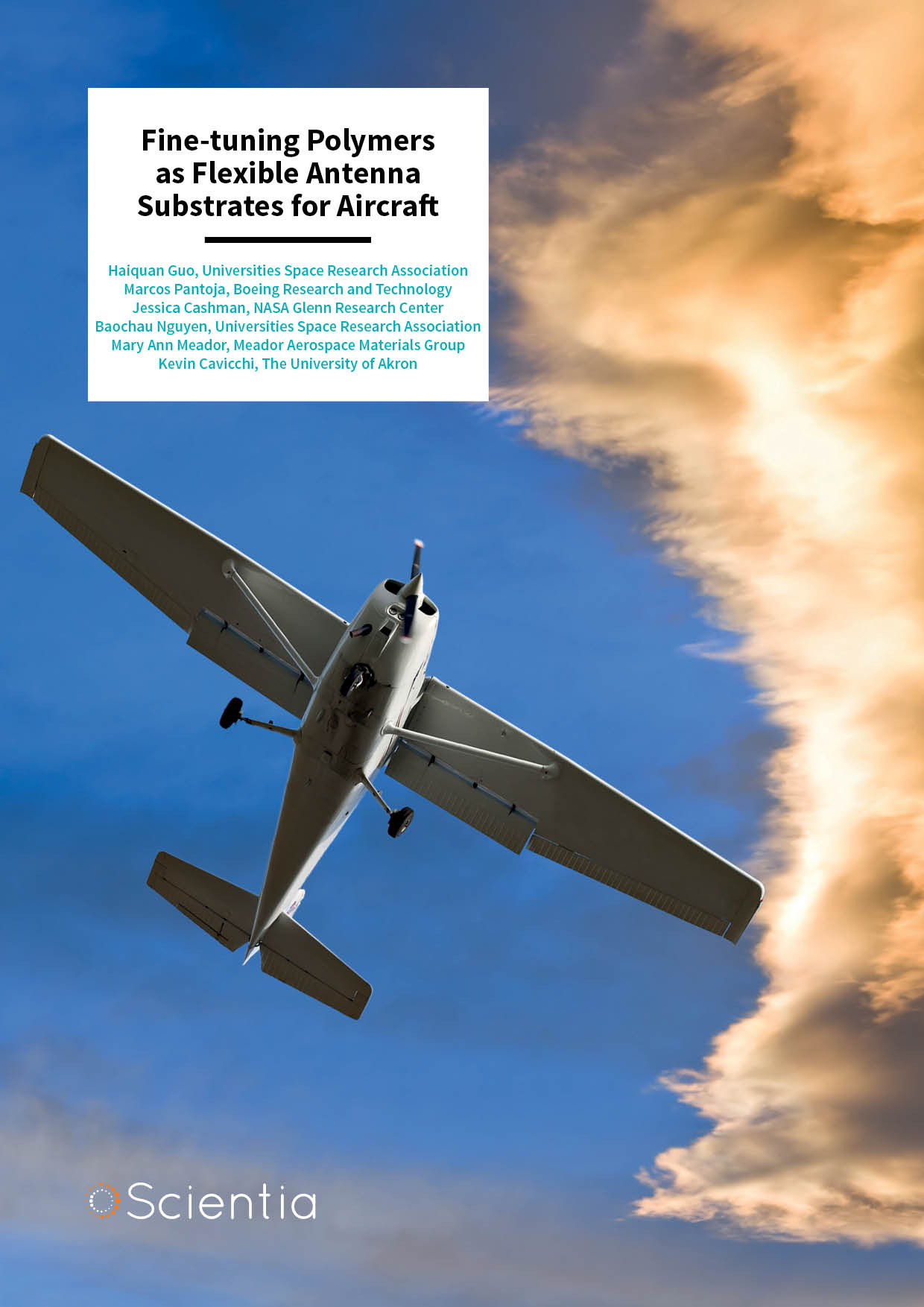
Fine-tuning Polymers as Flexible Antenna Substrates for Aircraft
The pursuit to design more lightweight aircraft that can travel over greater distances never ceases. One area that has received much attention is the development of lighter and more aerodynamic antennas. Researchers at the NASA Glenn Research Center are at the forefront of this effort. The research team, which includes Jessica Cashman, Baochau Nguyen, Haiquan Guo, Marcos Pantoja, Kevin Cavicchi, and Mary Ann Meador, is designing flexible polymer materials that can be used to construct lightweight, low-drag antennas that lie along the surface of an aircraft.
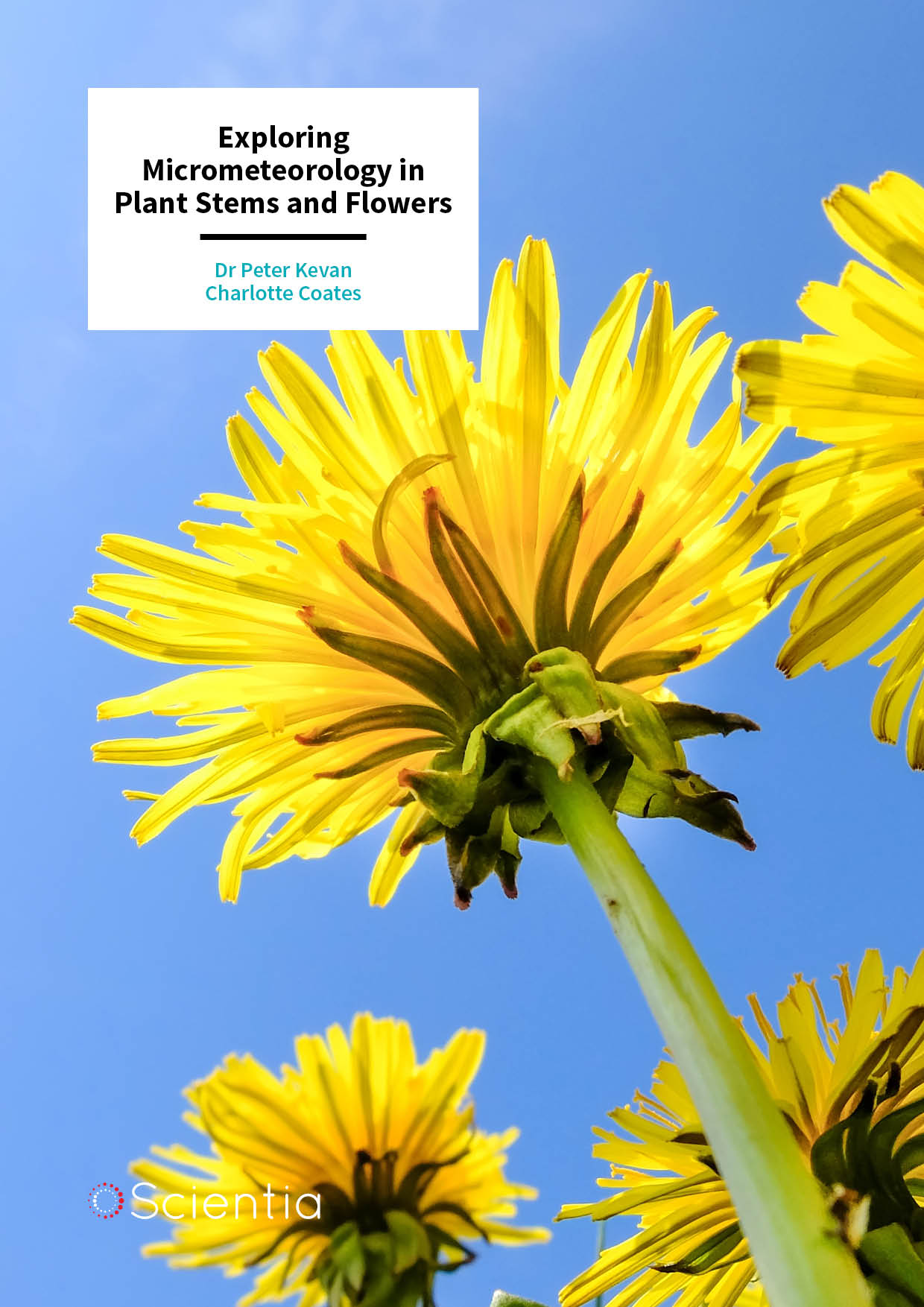
Dr Peter Kevan | Charlotte Coates – Exploring Micrometeorology in Plant Stems and Flowers
As complex living organisms, plants can often display intricate interactions with the air inside and around them. So far, however, many characteristics of these processes have gone largely unexplored. In their research, Charlotte Coates and Dr Peter Kevan at the University of Guelph combine field surveys with advanced imaging technologies to study the ‘micrometeorology’ that takes place in and around the stems and flowers of many plants. Their discoveries are shedding new light on how these plants grow and reproduce, and how some species are providing ideal habitats for ecologically damaging insects.
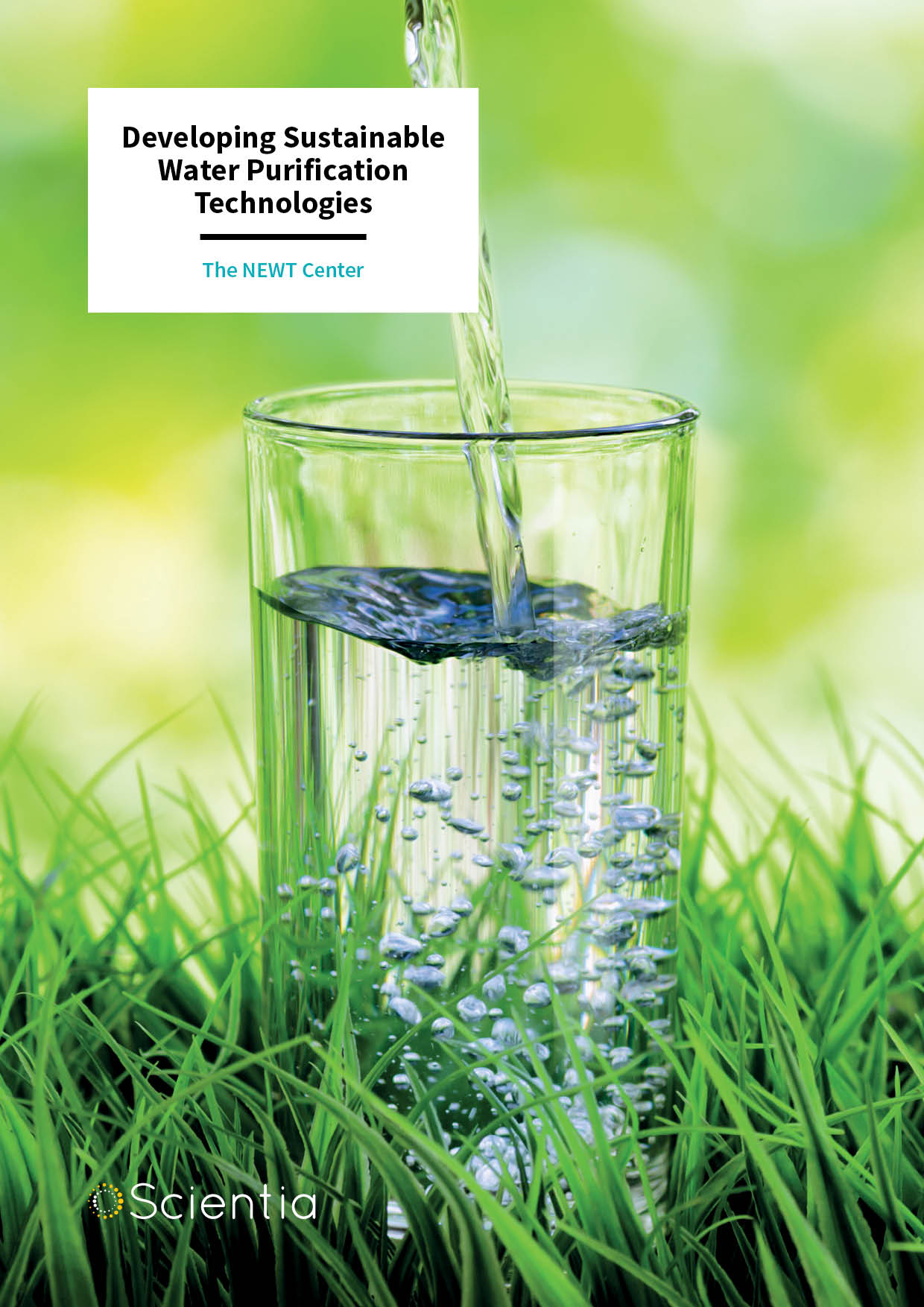
Developing Sustainable Water Purification Technologies
A significant proportion of the world’s population has little to no access to clean water, and the water consumed by industrial activities continues to grow. Researchers from the Nanotechnology Enabled Water Treatment (NEWT) Center, which is headquartered at Rice University, are developing cutting-edge purification technologies that can provide communities with access to clean and safe drinking water. They are also creating new wastewater treatment methods that allow the reuse of industrial effluent, to minimise freshwater withdrawals by industries. Instead of conventional methods that use large amounts of chemicals and energy, NEWT technologies are chemical free, and often utilise solar energy.
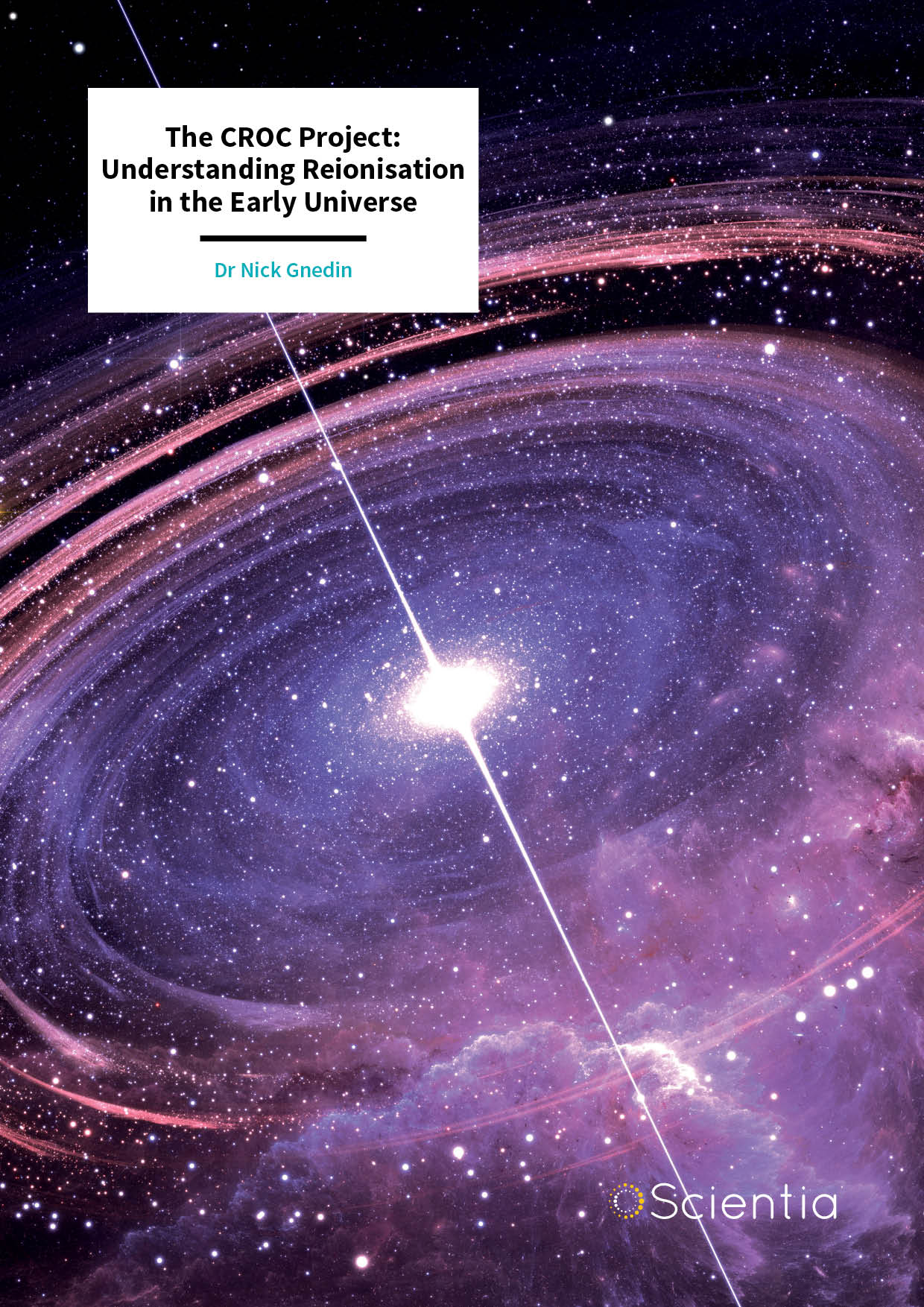
Dr Nick Gnedin – The CROC Project: Understanding Reionisation in the Early Universe
Hundreds of millions of years after the Big Bang, charged, ‘ionised’ particles not seen since the earliest ages of the universe began to re-emerge. Named ‘reionisation’, this event was crucially important in the history of our universe – but because it occurred so far back in the past, telescope observations can only offer astronomers limited clues about how it unfolded. In his research, Dr Nick Gnedin at the Fermi National Accelerator Laboratory uses advanced computer simulations to study reionisation. His team’s project, named ‘Cosmic Reionization On Computers’, or CROC, now offers a key resource to researchers studying this distant period.
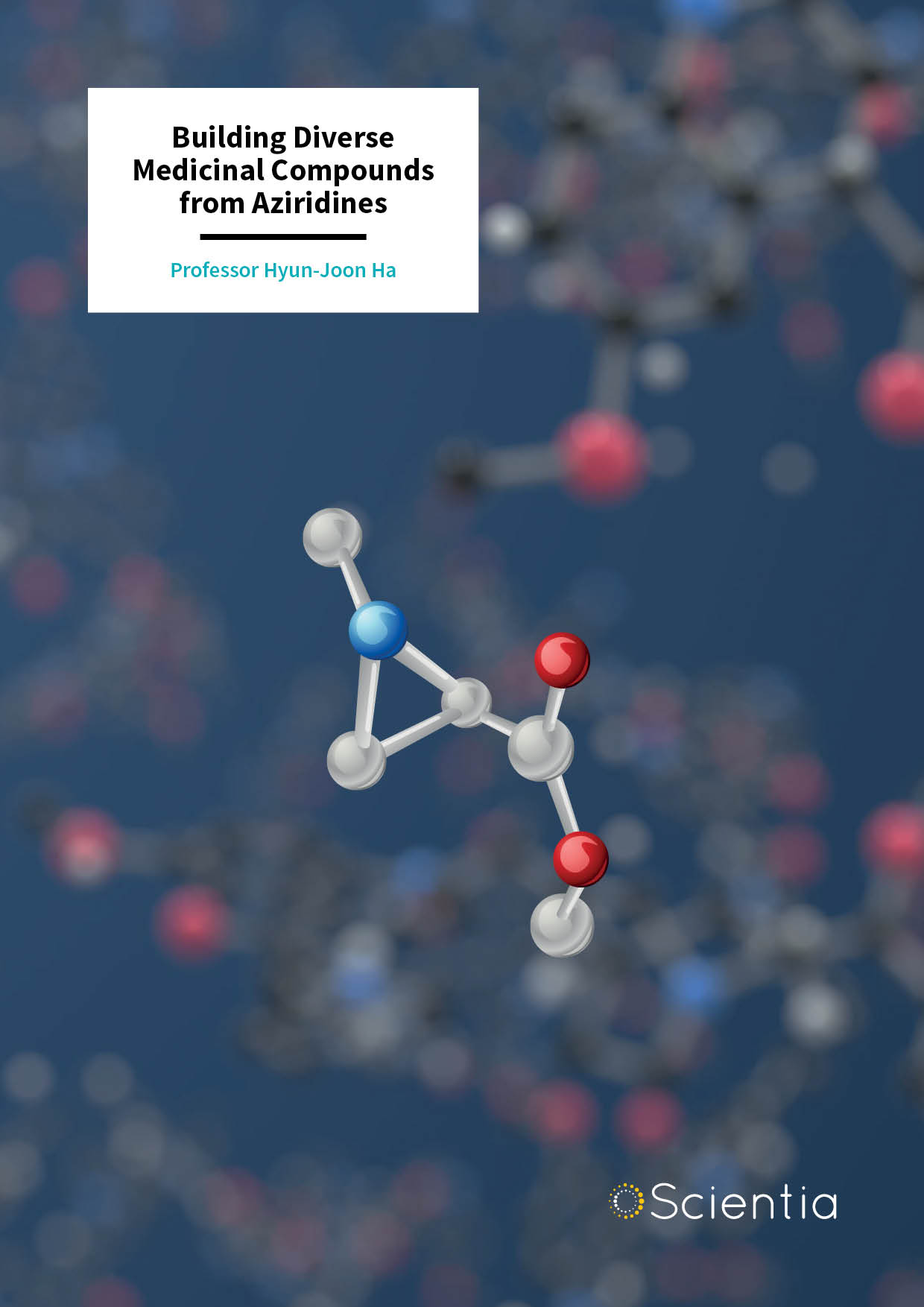
Professor Hyun-Joon Ha – Building Diverse Medicinal Compounds from Aziridines
The artificial synthesis of medicinal compounds that are typically derived from natural sources helps scientists to better understand how they function and deduce whether they can be enhanced. Unfortunately, the work involved in synthesising such natural compounds and their analogues is extremely difficult. Professor Hyun-Joon Ha and his team from Hankuk University of Foreign Studies in the Republic of Korea are exploring ways to transform compounds called aziridines into a range of biologically active molecules.
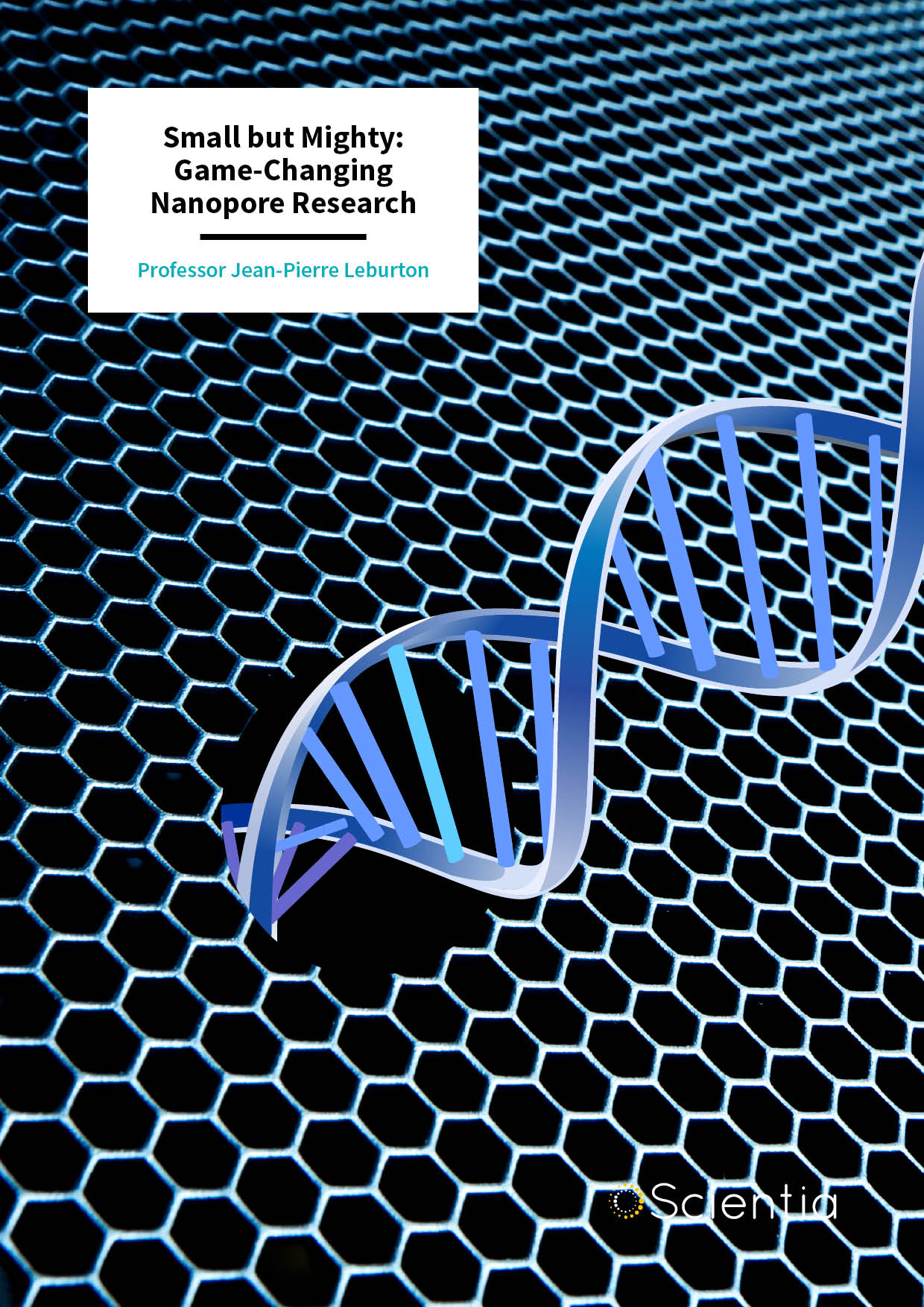
Dr Jean-Pierre Leburton – Small but Mighty: Game-Changing Nanopore Research
The far-reaching benefits of nanopore research encompass fields as diverse as physics, healthcare, big data processing and environmental studies. At the University of Illinois at Urbana-Champaign, Dr Jean-Pierre Leburton is conducting research focused on the use of nanopores in ultrathin solid-state molecular materials, such as graphene and 2D transition-metal dichalcogenides, for DNA sensing applications. This offers a low-cost and highly effective method of identifying biomolecules, and could have widespread medical applications, enabling rapid, early and effective disease diagnosis and prompting effective treatment, as well as providing invaluable technologies for assisting with DNA sequencing.
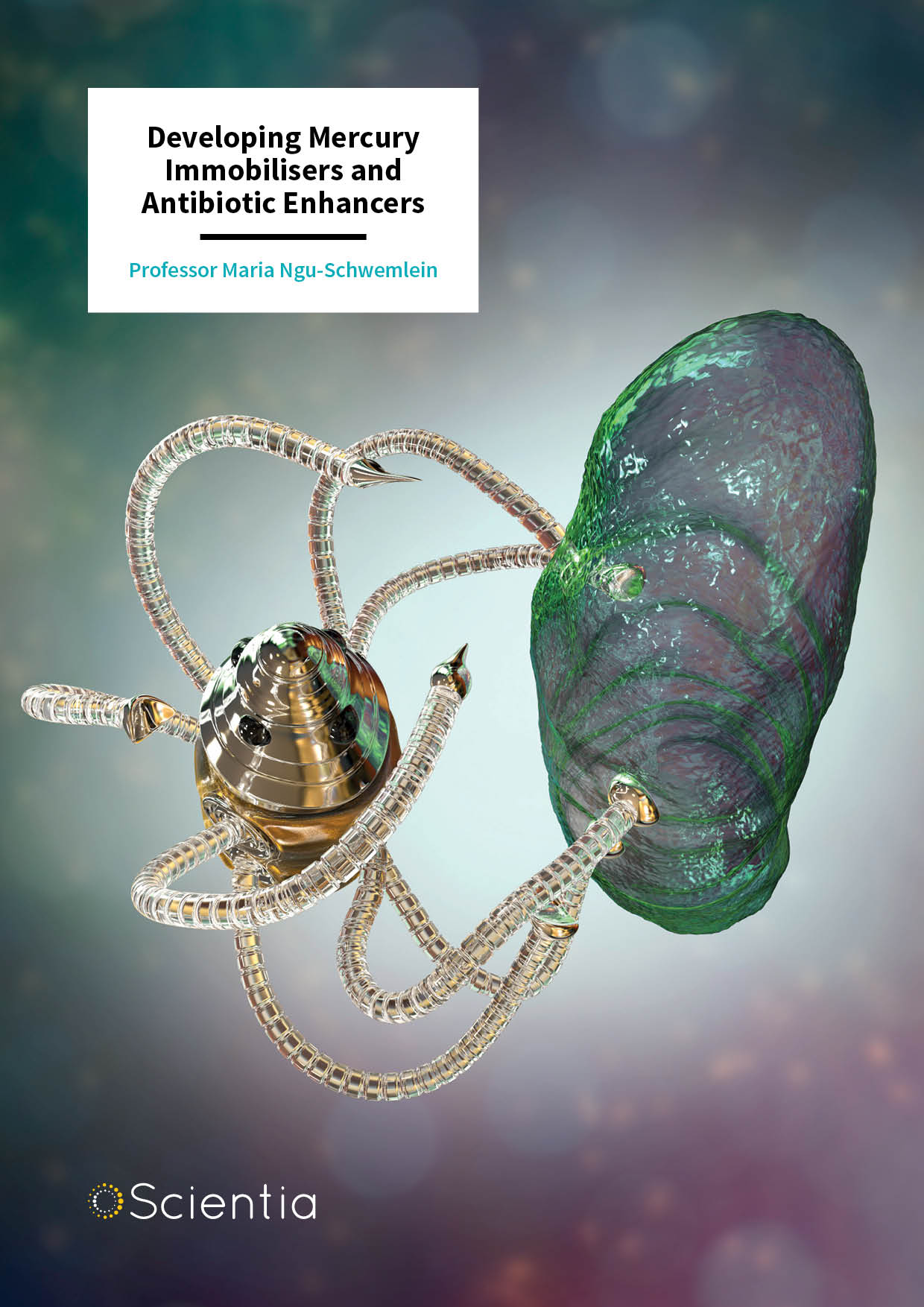
Professor Maria Ngu-Schwemlein – Developing Mercury Immobilisers and Antibiotic Enhancers
The rise of antibiotic-resistant strains of bacteria and the ubiquitous nature of mercury in the environment are two major health hazards and concerns faced today. Professor Maria Ngu-Schwemlein and her team from the Winston-Salem State University, USA, are addressing these issues by developing biomolecules that can bind and immobilise toxic mercury ions more effectively. Together with Professor Ngu-Schwemlein’s collaborators, the team is also investigating carbon nanodots as molecular scaffolds to enhance antibiotics in combating antimicrobial resistance.
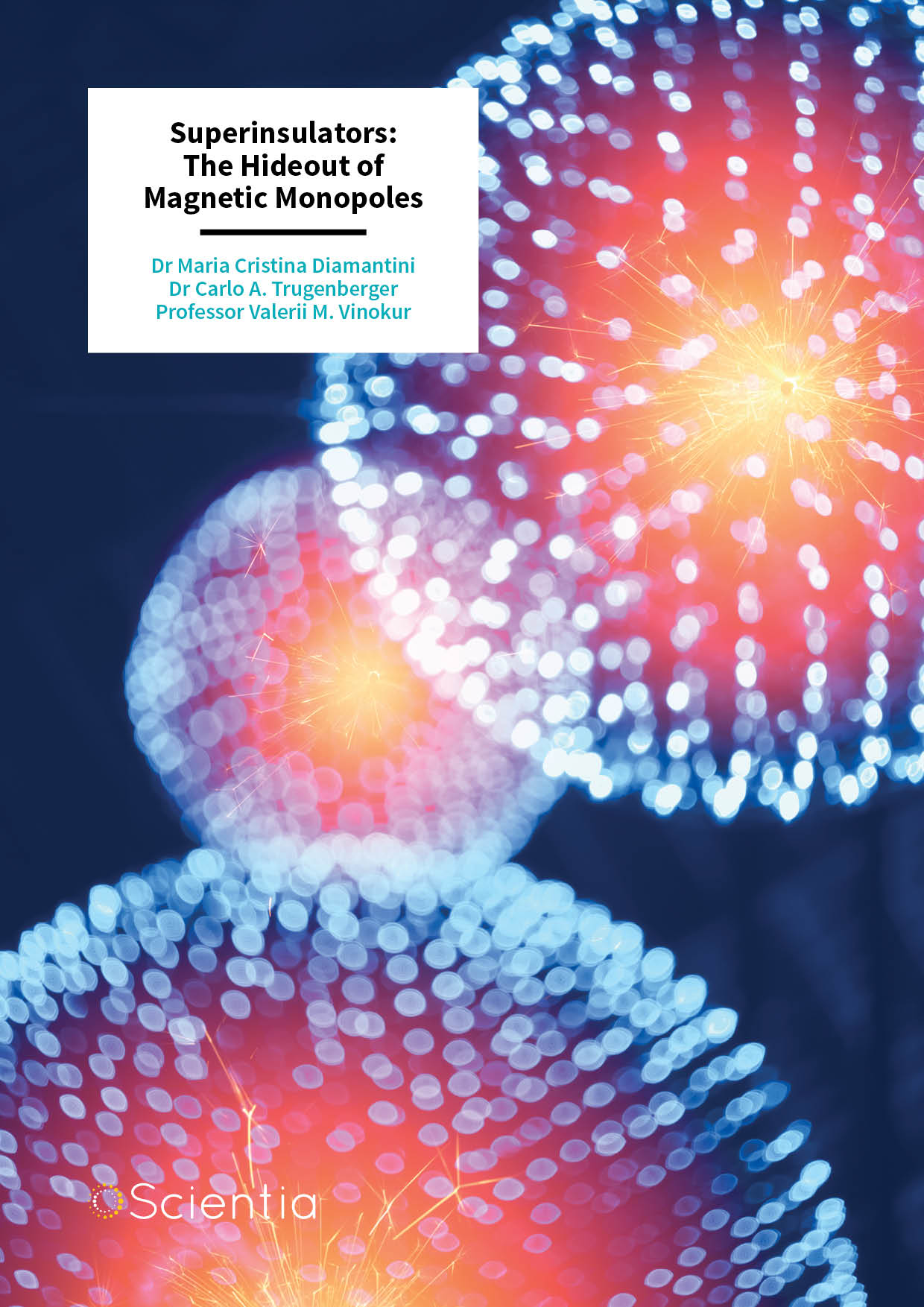
Superinsulators: The Hideout of Magnetic Monopoles
Magnetic monopoles have long been dismissed as impossible by many physicists, but their existence has nonetheless been theorised for many decades. Through their extensive research, scientists at Terra Quantum AG, the University of Perugia, and SwissScientific Technologies, show that the end could soon be in sight for this conflict. The team’s investigations into superconducting materials not only show that magnetic monopoles must be real – their discoveries also set the stage for exciting technological advances.
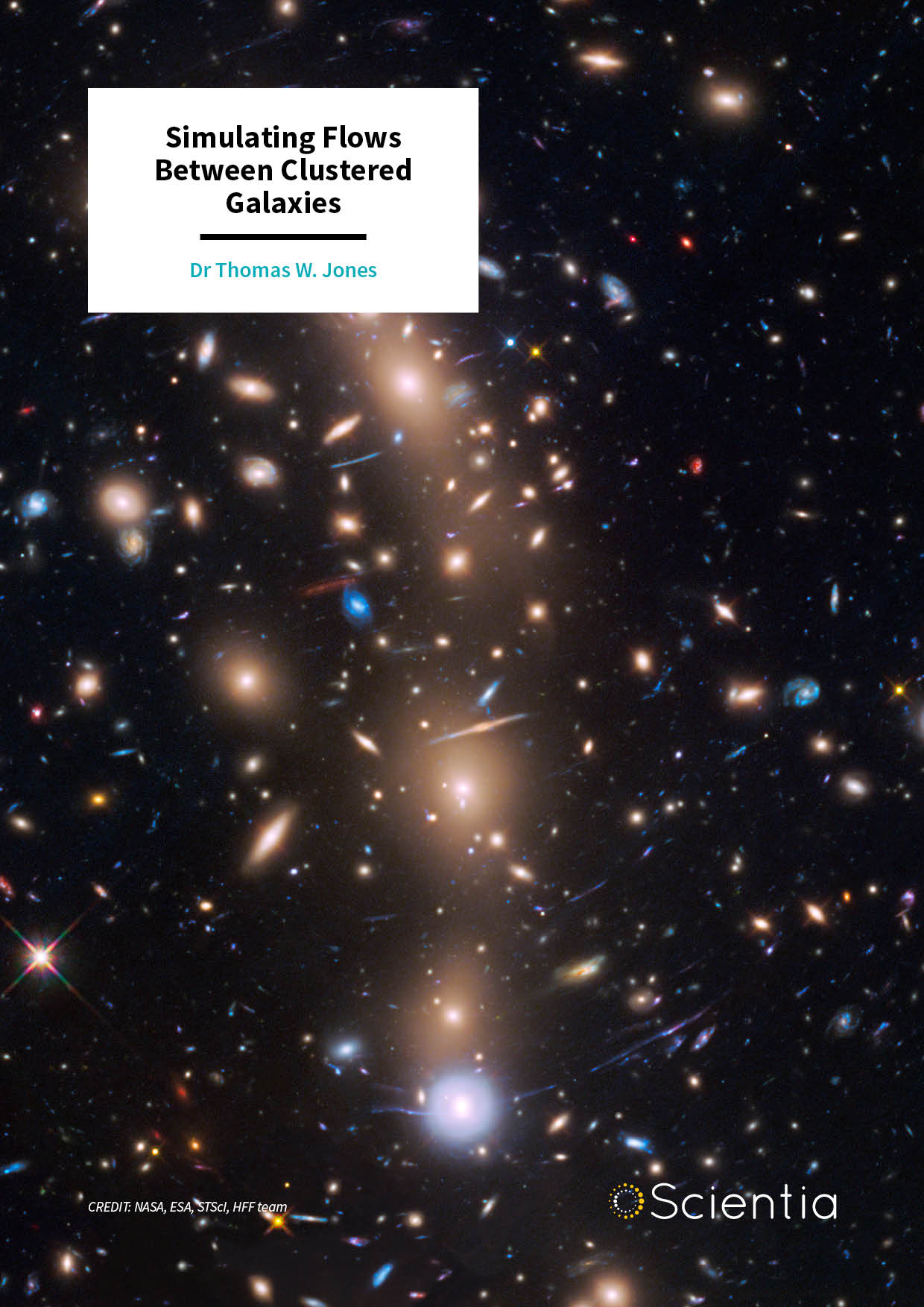
Dr Tom Jones – Simulating Flows Between Clustered Galaxies
The spaces in between galaxies may be unimaginably vast, but within galactic clusters, they are far from empty. Rather, these expanses are home to a wide range of interplaying, often violent plasma dynamics. In his research, Dr Tom Jones at the University of Minnesota plans to use cutting-edge computer techniques to simulate these processes – shedding new light on physical properties that have eluded astronomers so far. His team’s research will not only give crucial insights into some of the largest structures in the known universe, but will also capture the public imagination, and inspire a diverse new generation of astronomers.
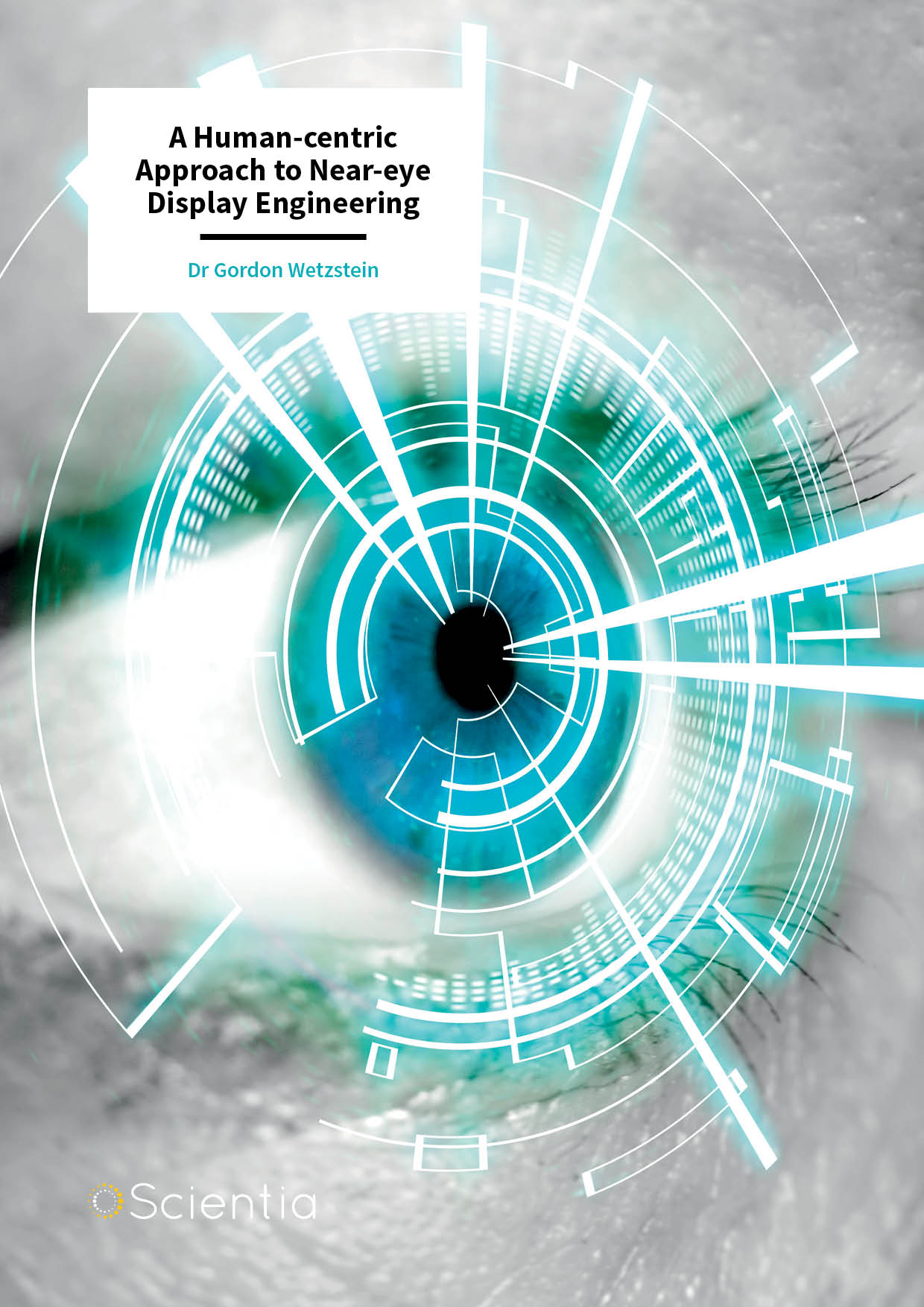
Dr Gordon Wetzstein – A Human-centric Approach to Near-eye Display Engineering
Virtual and augmented reality technologies are now rapidly gaining traction in our society. Yet even as they improve, these devices continue to face major challenges relating to the wide variability of human vision. In their research, Dr Gordon Wetzstein and his colleagues at Stanford University explore innovative new ways to overcome these challenges, through the latest advances in both optics and vision science. In demonstrating ground-breaking innovations to near-eye displays and sensors, the team’s work could soon bring enormous benefits to users spanning a diverse spectrum of visual ability.
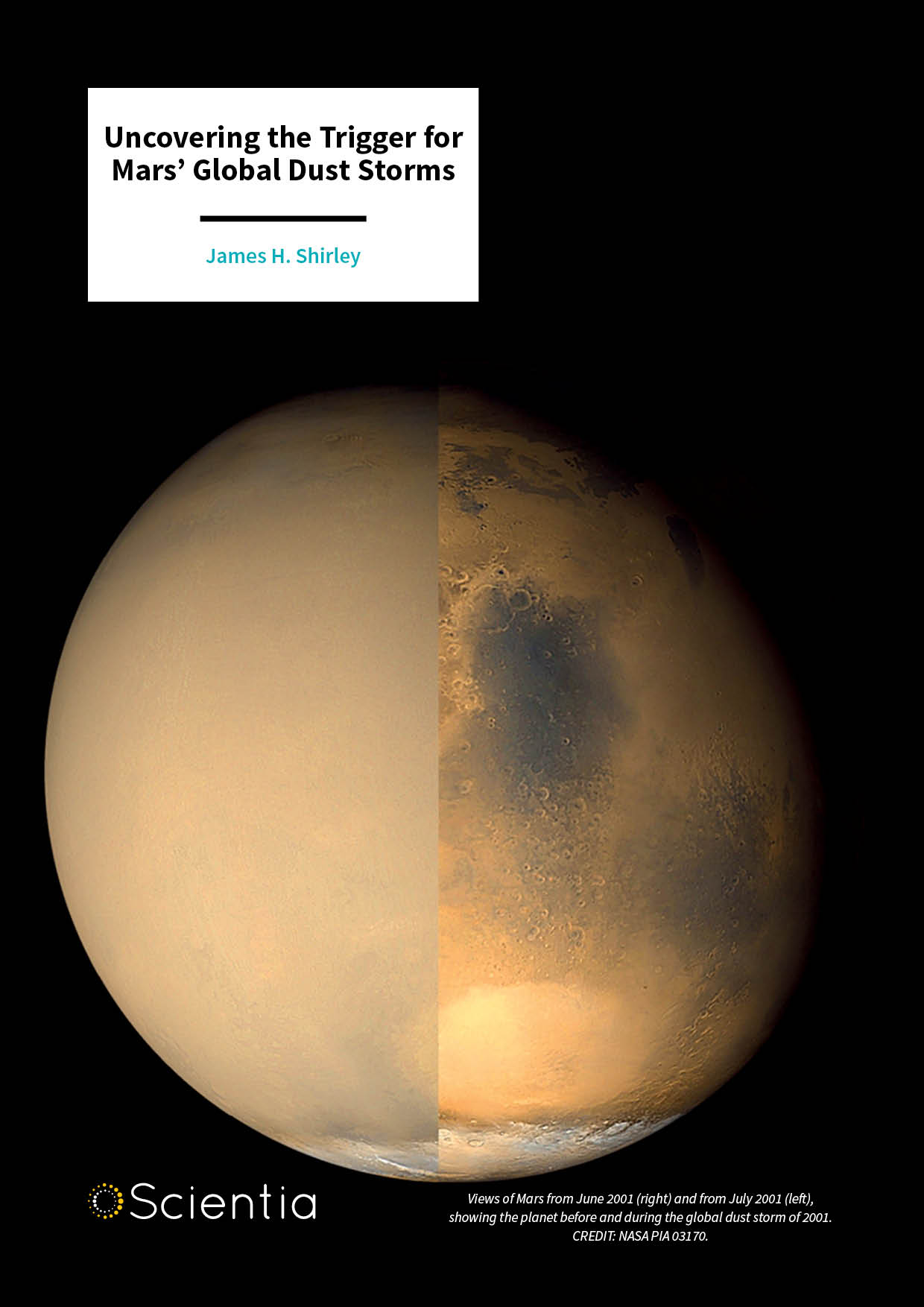
James H. Shirley – Uncovering the Trigger for Mars’ Global Dust Storms
Enshrouding the Martian surface with thick clouds of dust, the Red Planet’s unique global dust storms have long mystified astronomers and planetary scientists. James Shirley, at NASA’s Jet Propulsion Laboratory, has shown through his research that the occurrence of these global storms is strongly linked to the changes in Mars’ motion about the gravitational centre of the solar system. Already boasting strong observational evidence, his results could not only improve our understanding of the Mars atmosphere – they may also lead to a better understanding of turbulent weather patterns on Earth.
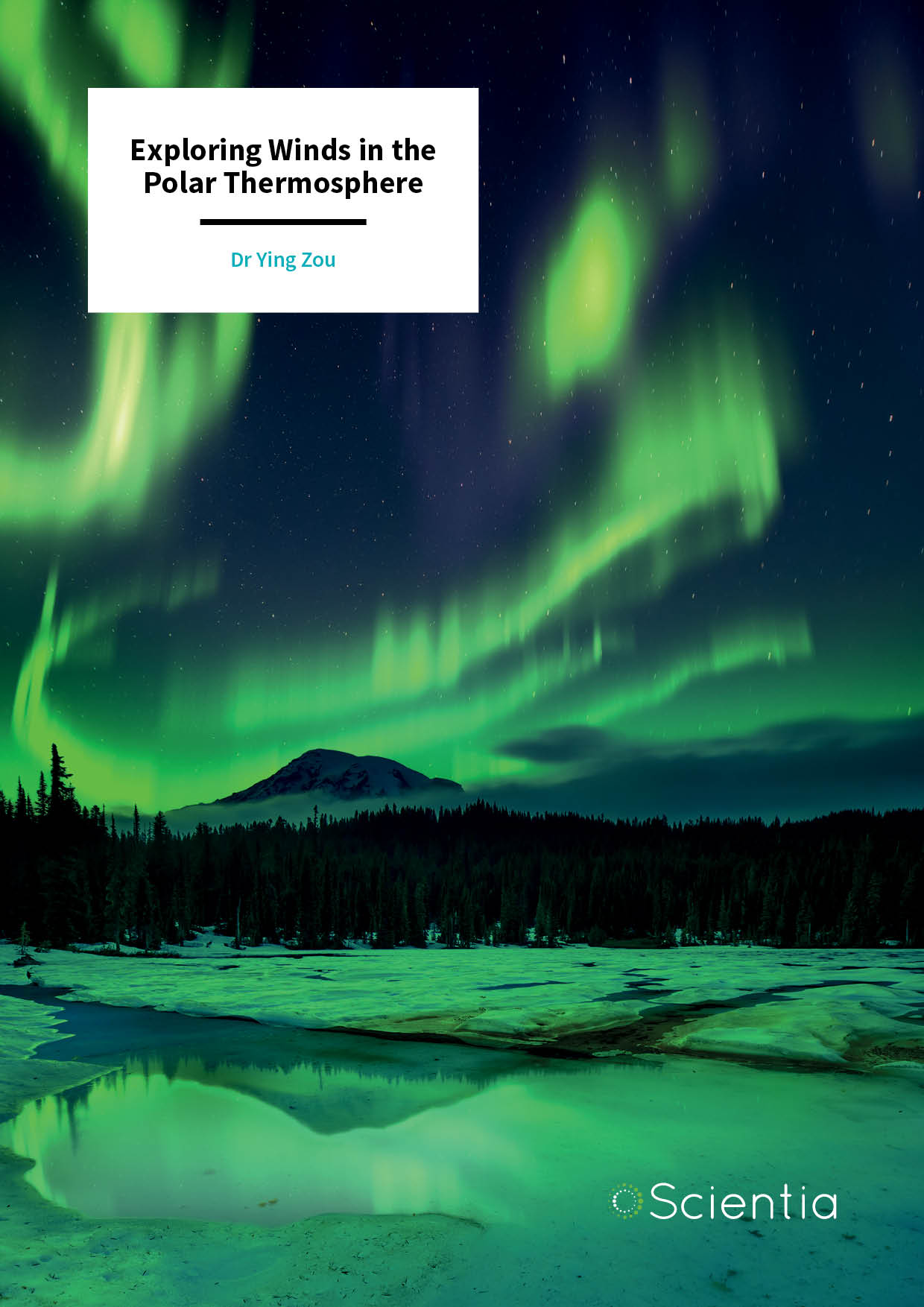
Dr Ying Zou – Exploring Winds in the Polar Thermosphere
Beginning 80 kilometres above Earth’s surface, and extending to the edge of the atmosphere, the thermosphere occupies a large proportion of Earth’s upper atmosphere. So far, studies of this expansive region have largely focused on how the air it contains flows over global scales. Now, Dr Ying Zou at the University of Alabama in Huntsville has explored how the thermosphere is also significantly influenced by ‘mesoscale’ interactions with Earth’s magnetosphere, creating flows spanning just hundreds of kilometres. Her team’s work could greatly improve our knowledge of how the upper atmosphere behaves.
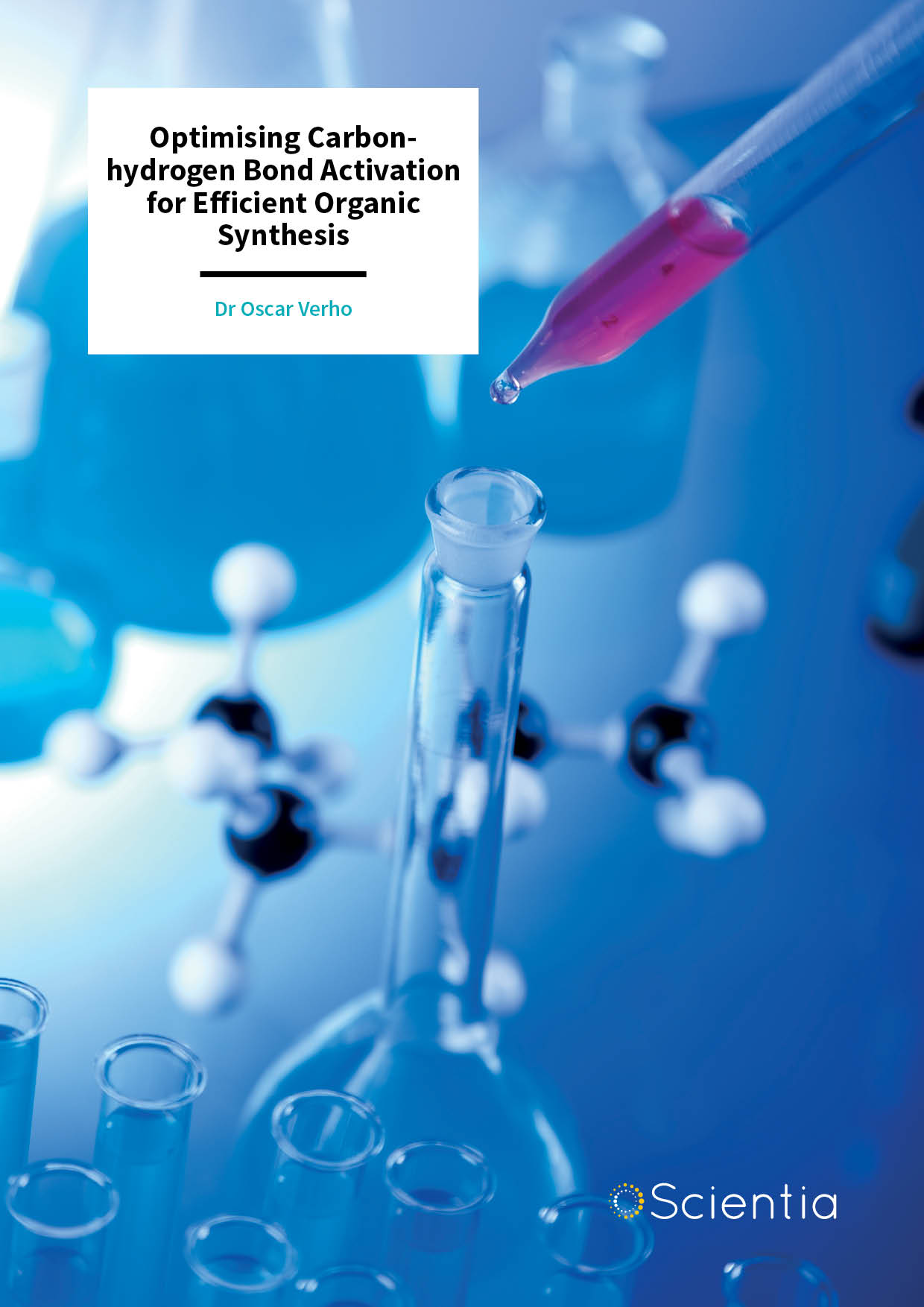
Dr Oscar Verho – Optimising Carbon-hydrogen Bond Activation for Efficient Organic Synthesis
Choosing which drug molecule to build is only one part of pharmaceutical research; medicinal chemists also need to know how to synthesise drug molecules in an efficient and cost-effective manner. Dr Oscar Verho and his team at Uppsala University in Sweden have made significant progress in this area and are aiming to reduce the time and resources needed to make drug compounds. The team is researching methods to ‘activate’ the carbon-hydrogen bonds that are commonly found in organic molecules to ultimately shorten the synthetic route to the required compound.
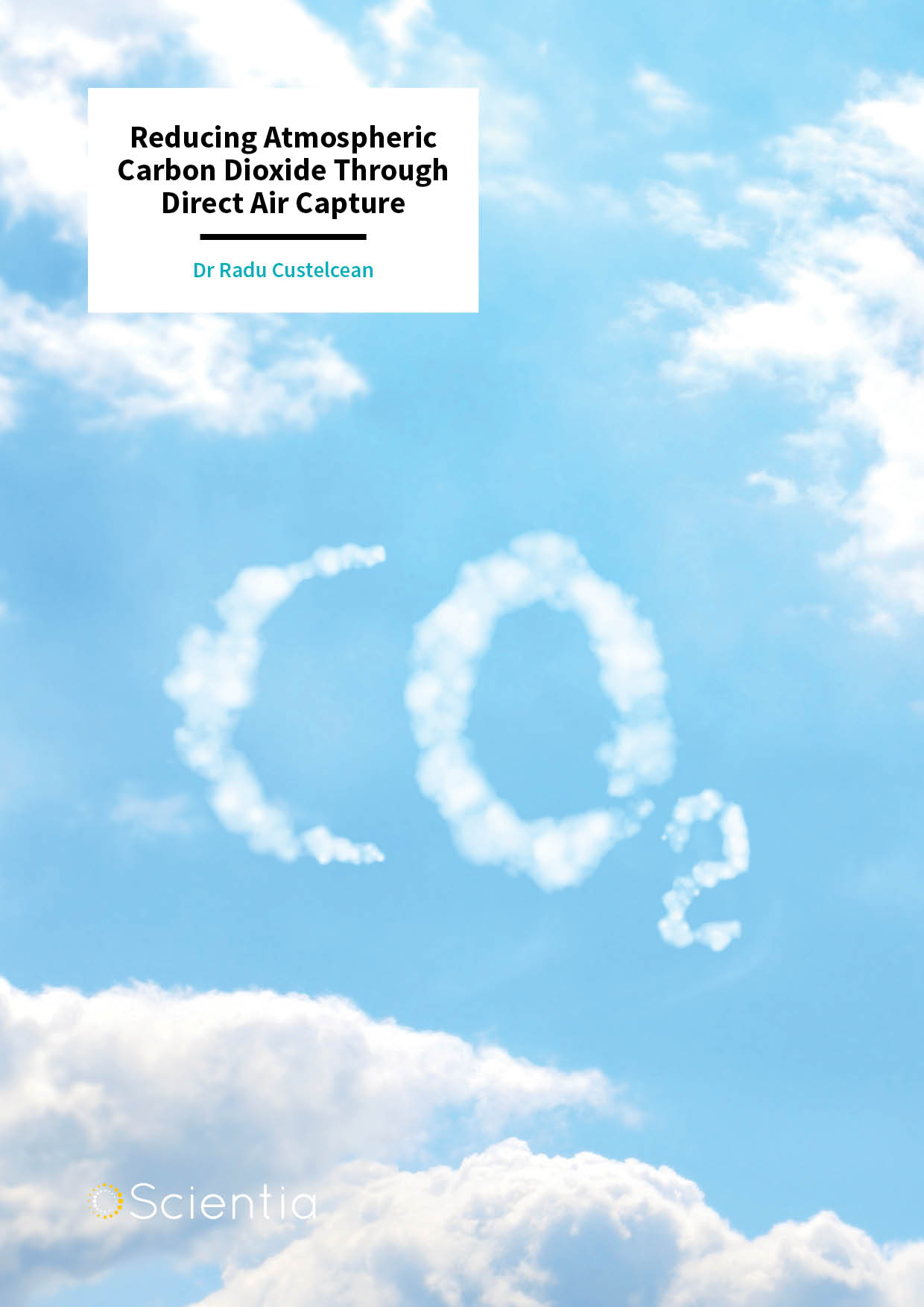
Dr Radu Custelcean – Reducing Atmospheric Carbon Dioxide Through Direct Air Capture
Climate change is mostly the result of elevated carbon dioxide emissions. Over the past two decades, research groups have been searching for new technologies that capture carbon dioxide from the atmosphere as an effective way of reversing climate change. Dr Radu Custelcean and his colleagues at the Oak Ridge National Laboratory in the US specialise in this endeavour. The team is developing novel materials and methods that filter carbon dioxide out of the air in an energy-efficient manner.
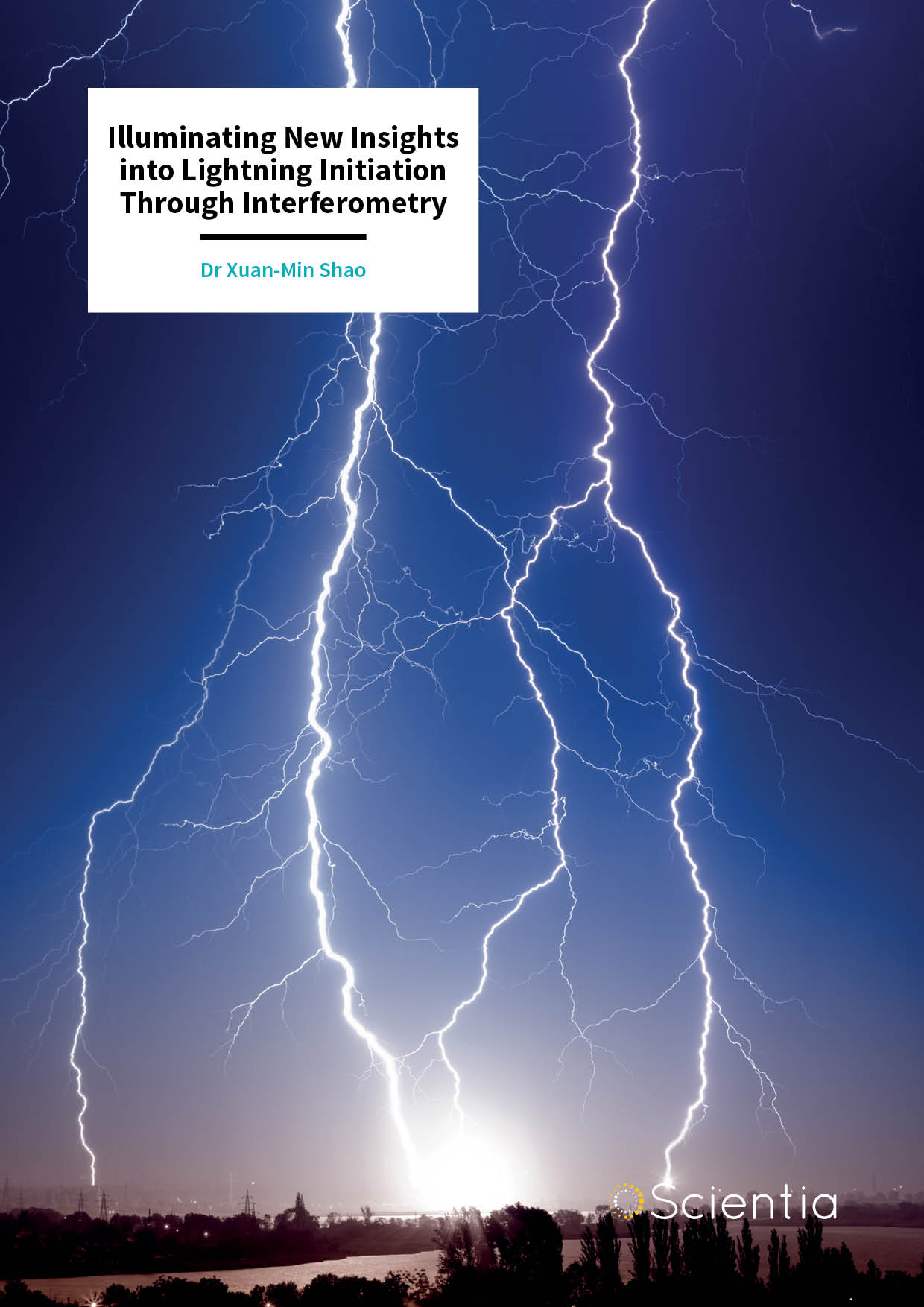
Dr Xuan-Min Shao – Illuminating New Insights into Lightning Initiation Through Interferometry
Radio frequency inteferometric lightning maps are important tools for researchers exploring the electrical processes that unfold within storm clouds. Dr Xuan-Min Shao and colleagues at Los Alamos National Laboratory in New Mexico, who first introduced broadband interferometry to lightning research over two decades ago, have now developed an advanced ‘beam steering’ interferometry technique to significantly improve the accuracy of lightning mapping. This approach, together with their recently developed polarisation detection technique, has begun to reveal new physics involved in lightning discharges. Their recent work shows how lightning initiation, which has been poorly understood until now, may be linked to high-energy cosmic particles entering Earth’s atmosphere.
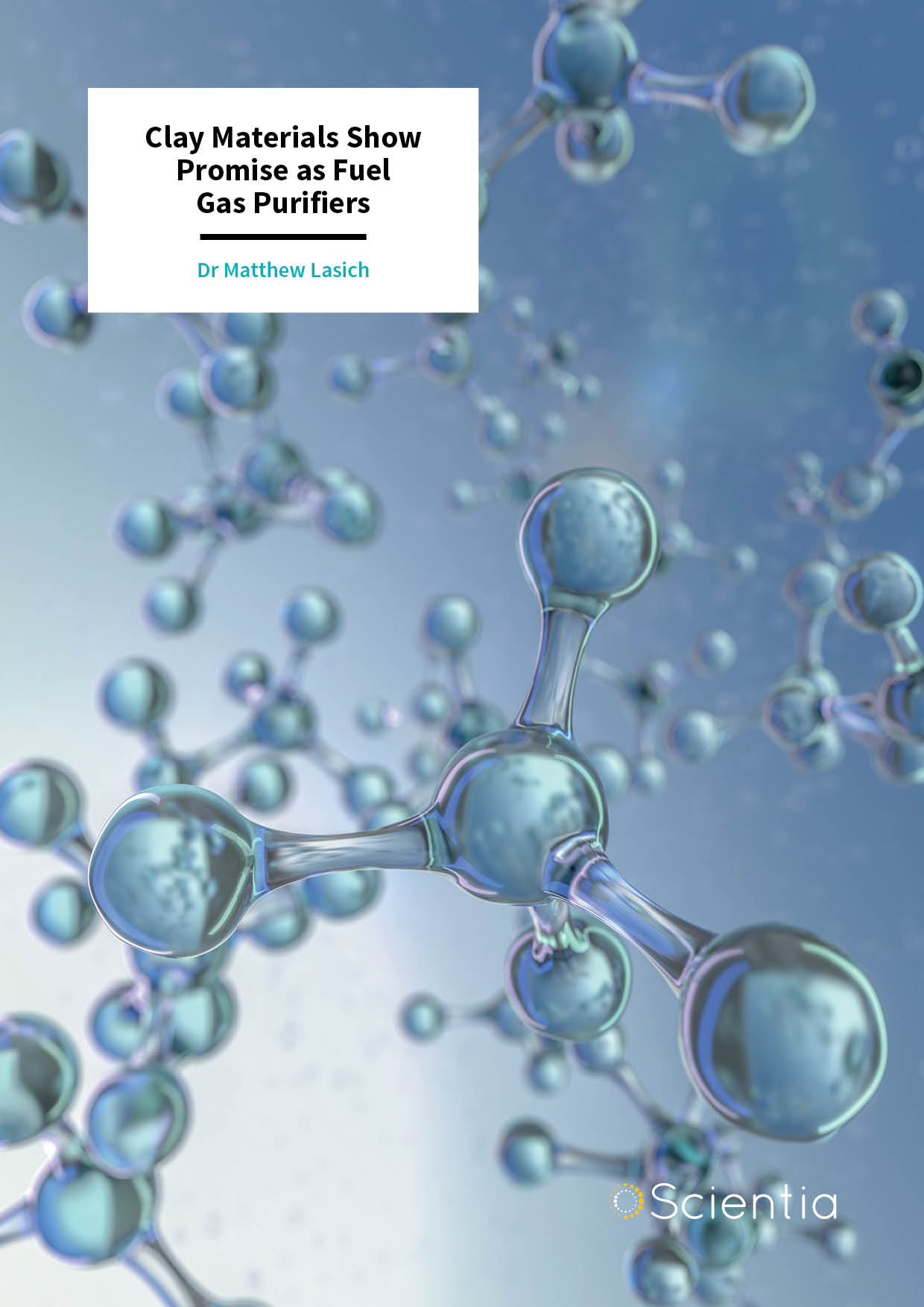
Dr Matthew Lasich – Clay Materials Show Promise as Fuel Gas Purifiers
Finding new and improved methods for purifying fuel gases, to both improve their efficiency and reduce their environmental impact, is an active area of research. Dr Matthew Lasich at Mangosuthu University of Technology in South Africa has been utilising computational modelling to discover how clay-based materials can increase the efficiency of fuel gas derived from wood and also reduce the amount of hydrogen sulphide found in natural and landfill gas.
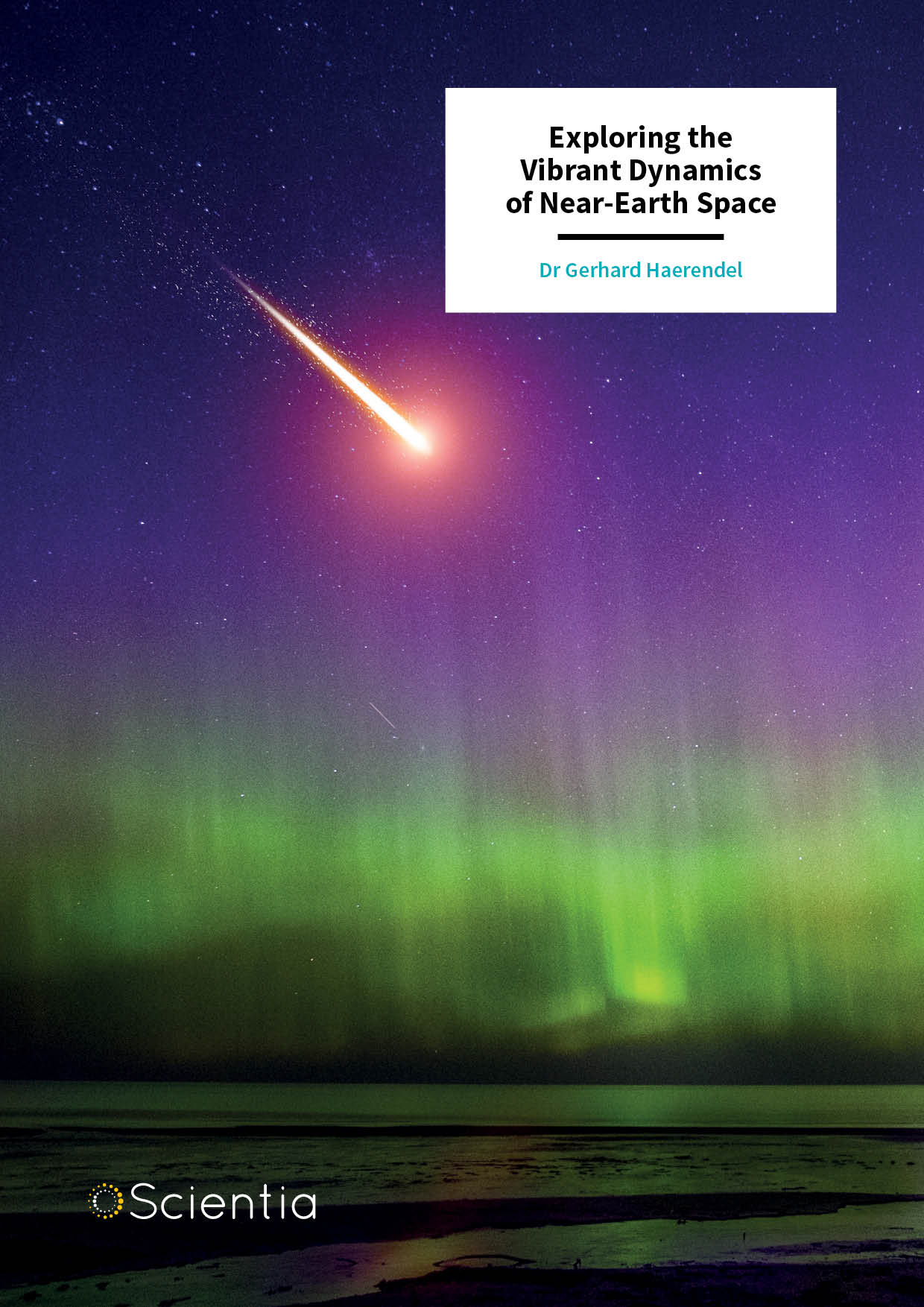
Dr Gerhard Haerendel – Exploring the Vibrant Dynamics of Near-Earth Space
The region of space in which Earth’s magnetic field interacts with flowing charged particles is home to a rich array of physical processes – but studying them is no easy task. Through a career spanning over 50 years, Dr Gerhard Haerendel at the Max Planck Institute for extraterrestrial physics has carried out world-leading research into these processes. His discoveries have now led to ground-breaking insights in the field of plasma physics – including explanations of striking arcs in the aurora, the discovery of characteristic prominences on the Sun’s surface, and analysis of artificial comets seeded directly into space.
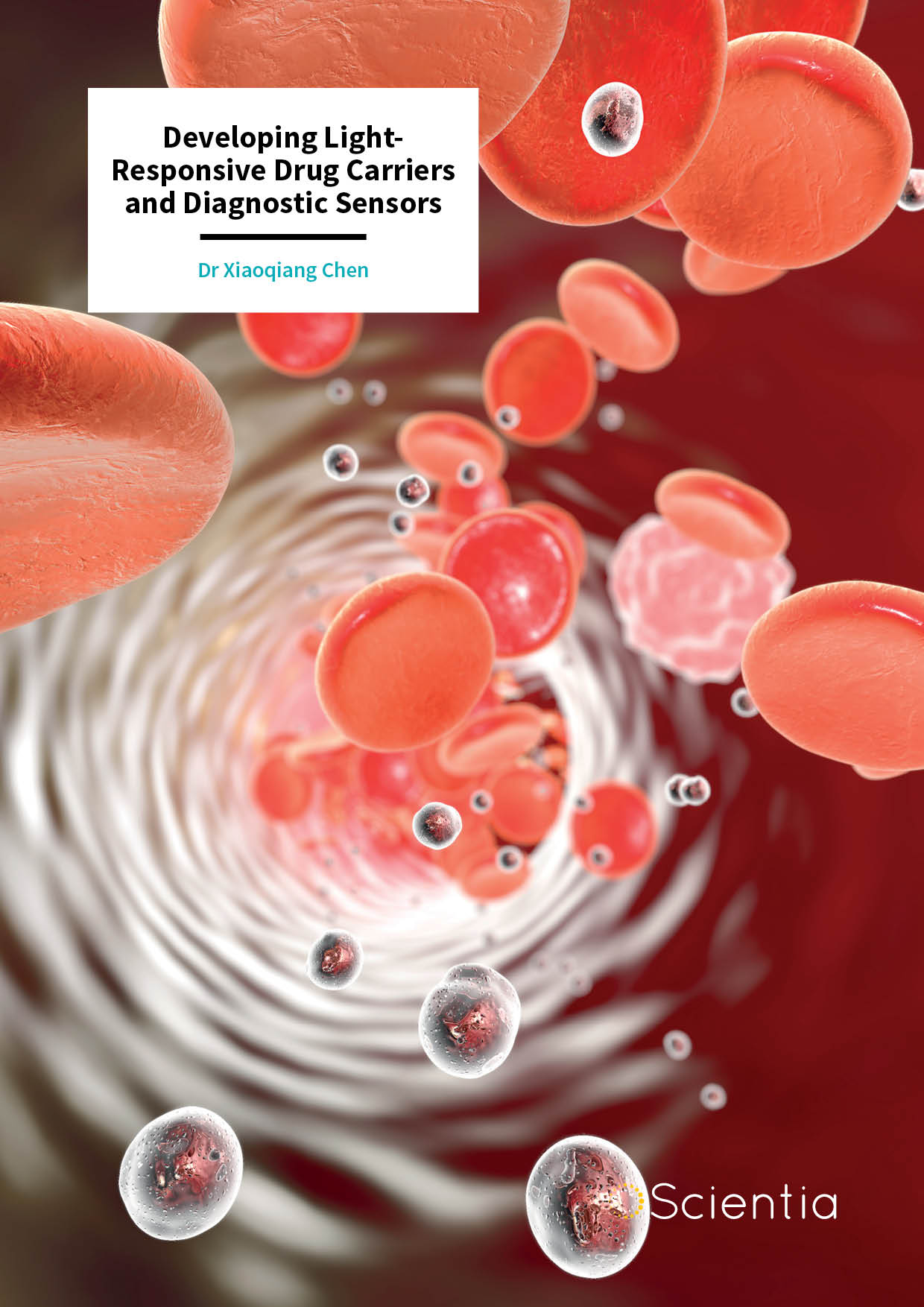
Xiaoqiang Chen
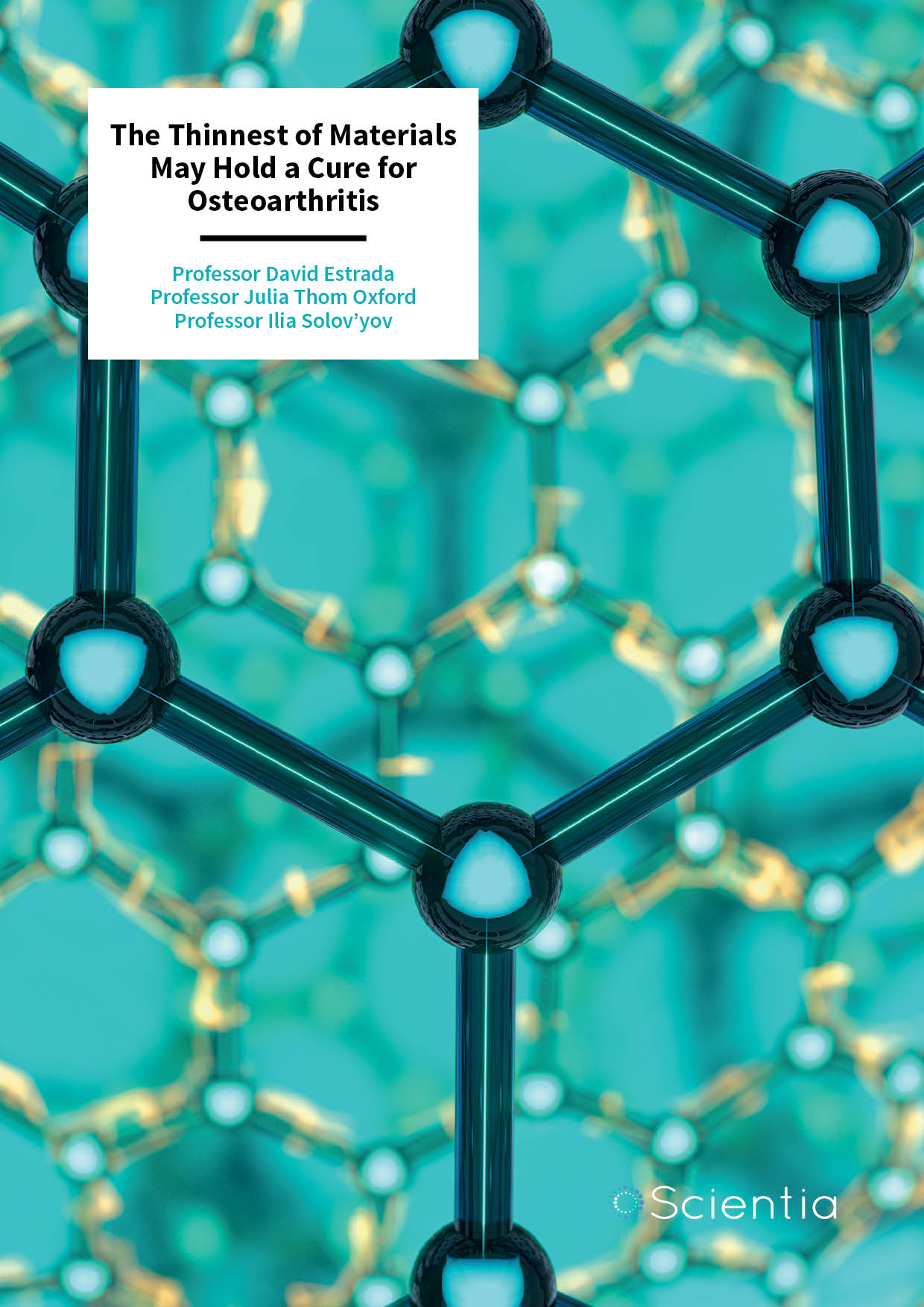
The Thinnest of Materials May Hold a Cure for Osteoarthritis
Since the turn of the century, a myriad of exciting applications for graphene have emerged. Amongst the most exciting might be its use as a scaffold for promoting tissue growth in the treatment of various medical conditions, including osteoarthritis. Researchers at Boise State University in the USA and Carl von Ossietzky University of Oldenburg in Germany are gaining a greater understanding of the interactions between graphene and cells, towards the development of implantable graphene-based devices that can rebuild damaged tissue.
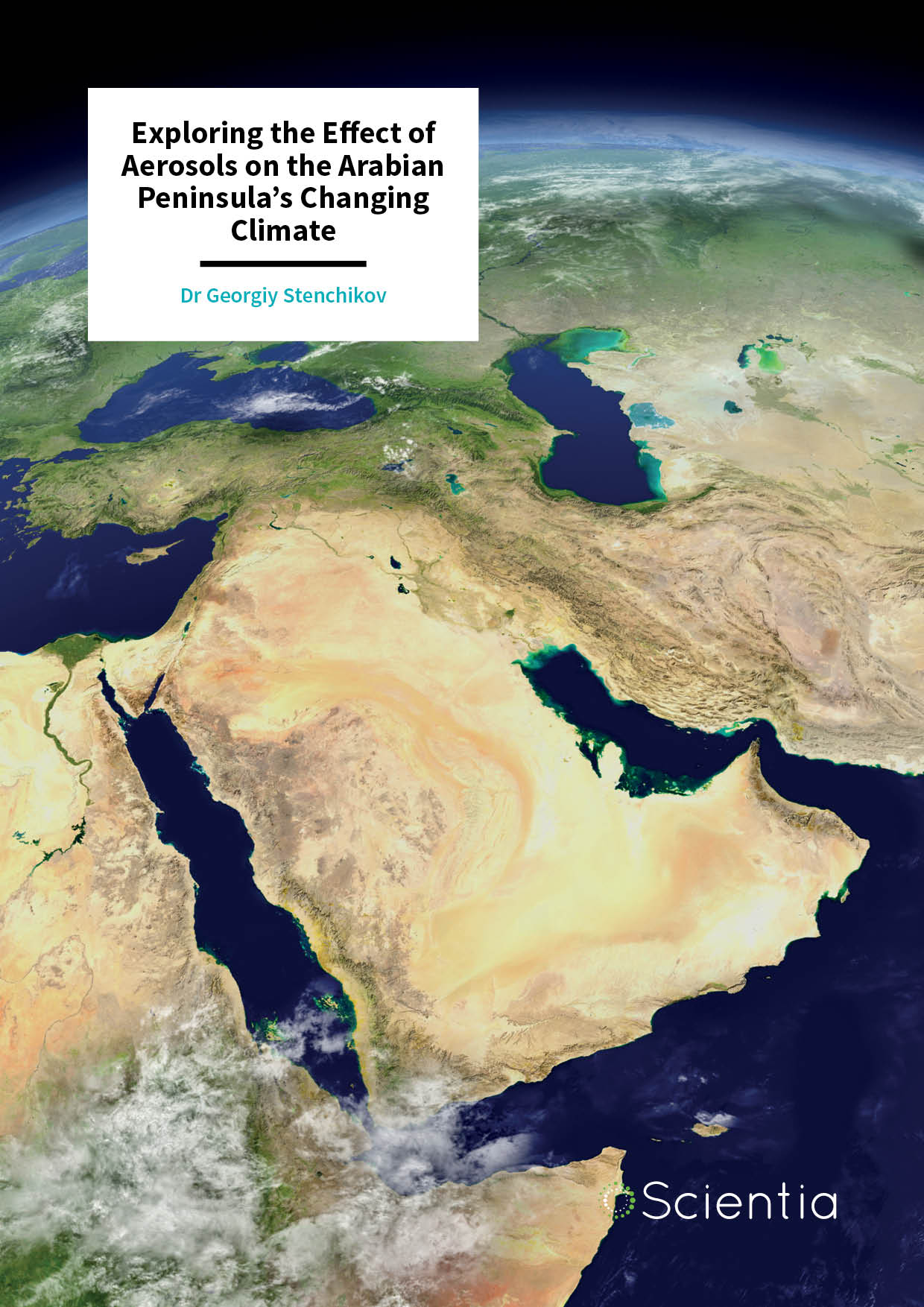
Dr Georgiy Stenchikov – Exploring the Effect of Aerosols on the Arabian Peninsula’s Changing Climate
Today, the Arabian Peninsula already faces a more daunting array of environmental challenges than most other regions on Earth. Yet as the climate changes, it is now expected to feel these adverse effects even more strongly in the coming decades. Using the latest modelling techniques, combined with ground-based observations, Dr Georgiy Stenchikov at King Abdullah University of Science and Technology in Saudi Arabia aims to make better predictions of how these changes will unfold. His work now provides critical guidance on how governments in the region should prepare for future shifts in climate and air quality.
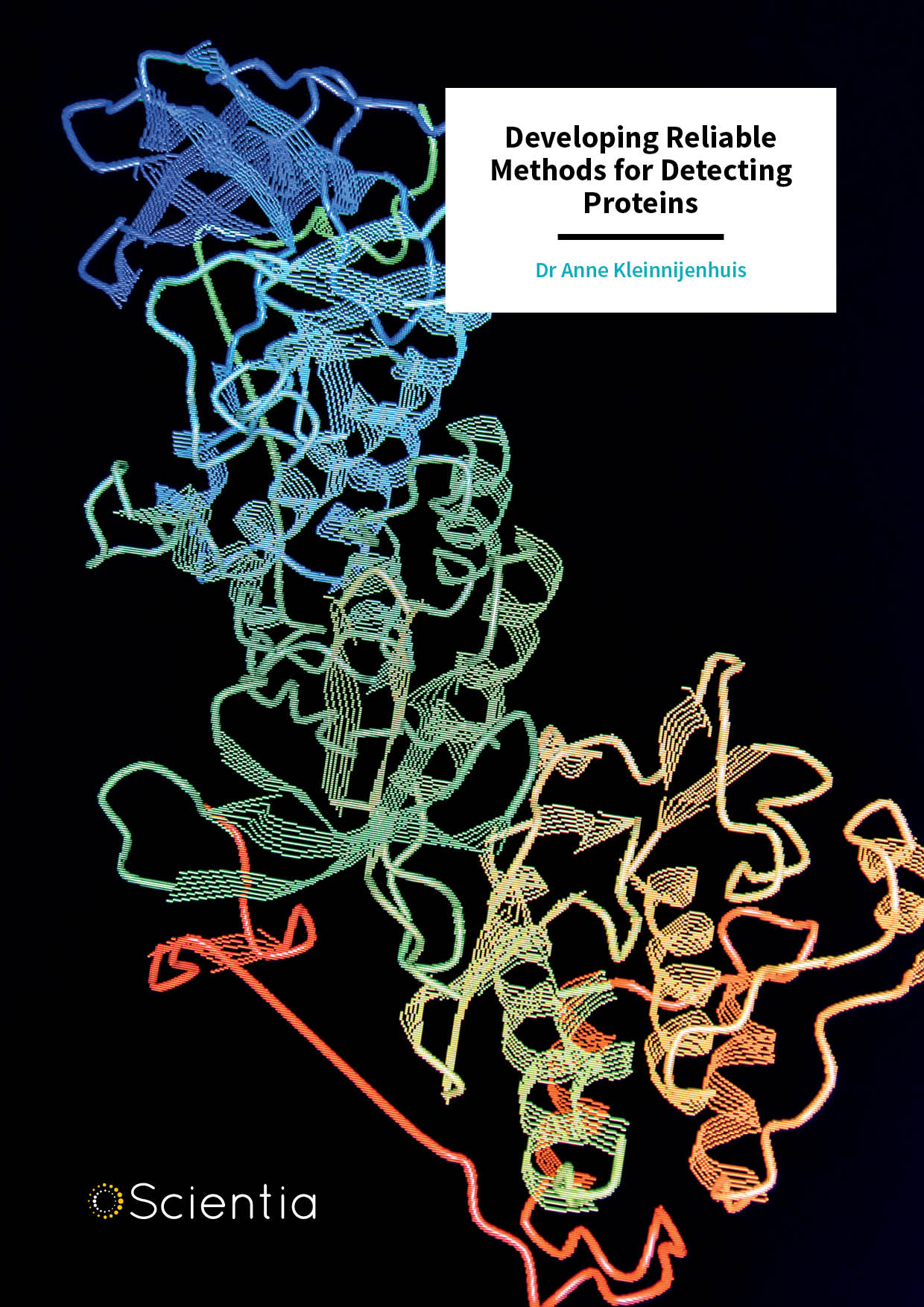
Dr Anne Kleinnijenhuis – Developing Reliable Methods for Detecting Proteins
Proteins are a fundamental building block of all living organisms. Knowing how to detect and quantify them and monitor their interactions is therefore vital in numerous different fields, from food science to pharmacology. Dr Anne Kleinnijenhuis and his colleagues at TRISKELION in The Netherlands specialise in the development of innovative analytical techniques for measuring proteins. Recently, they have been designing improved methods that have far-reaching applications in food preparation, pharmaceuticals and blood analysis.
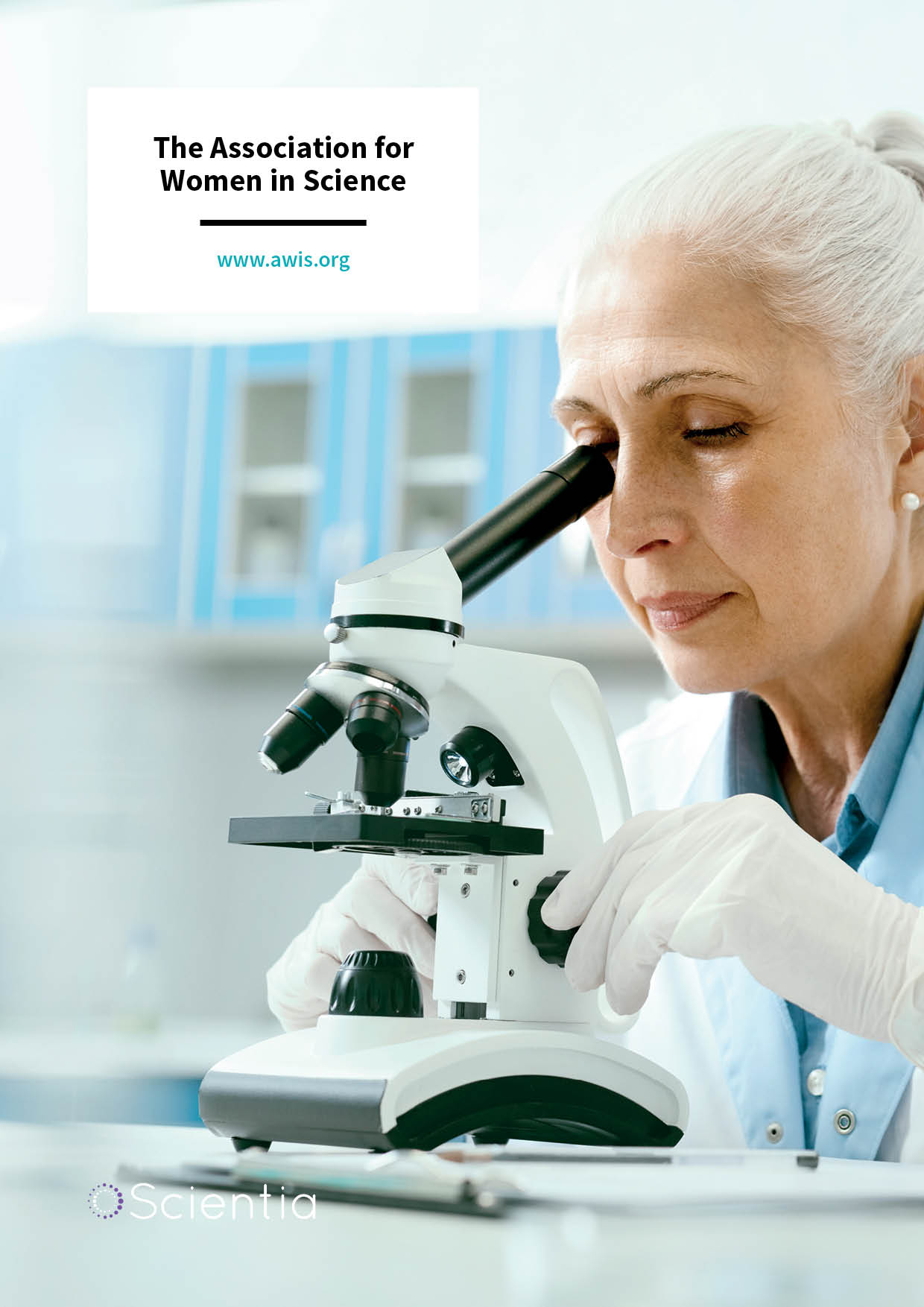
The Association for Women in Science
Founded almost 50 years ago, the Association for Women in Science (AWIS) is a global network that inspires bold leadership, research, and solutions that advance women in STEM, spark innovation, promote organisational success, and drive systemic change. In this exclusive interview, we speak with AWIS president and world-renowned biomedical innovator Dr Susan Windham-Bannister, who describes the barriers that women face in the STEM workplace, and the many ways in which AWIS supports women in science and works towards eliminating inequality through systemic change.
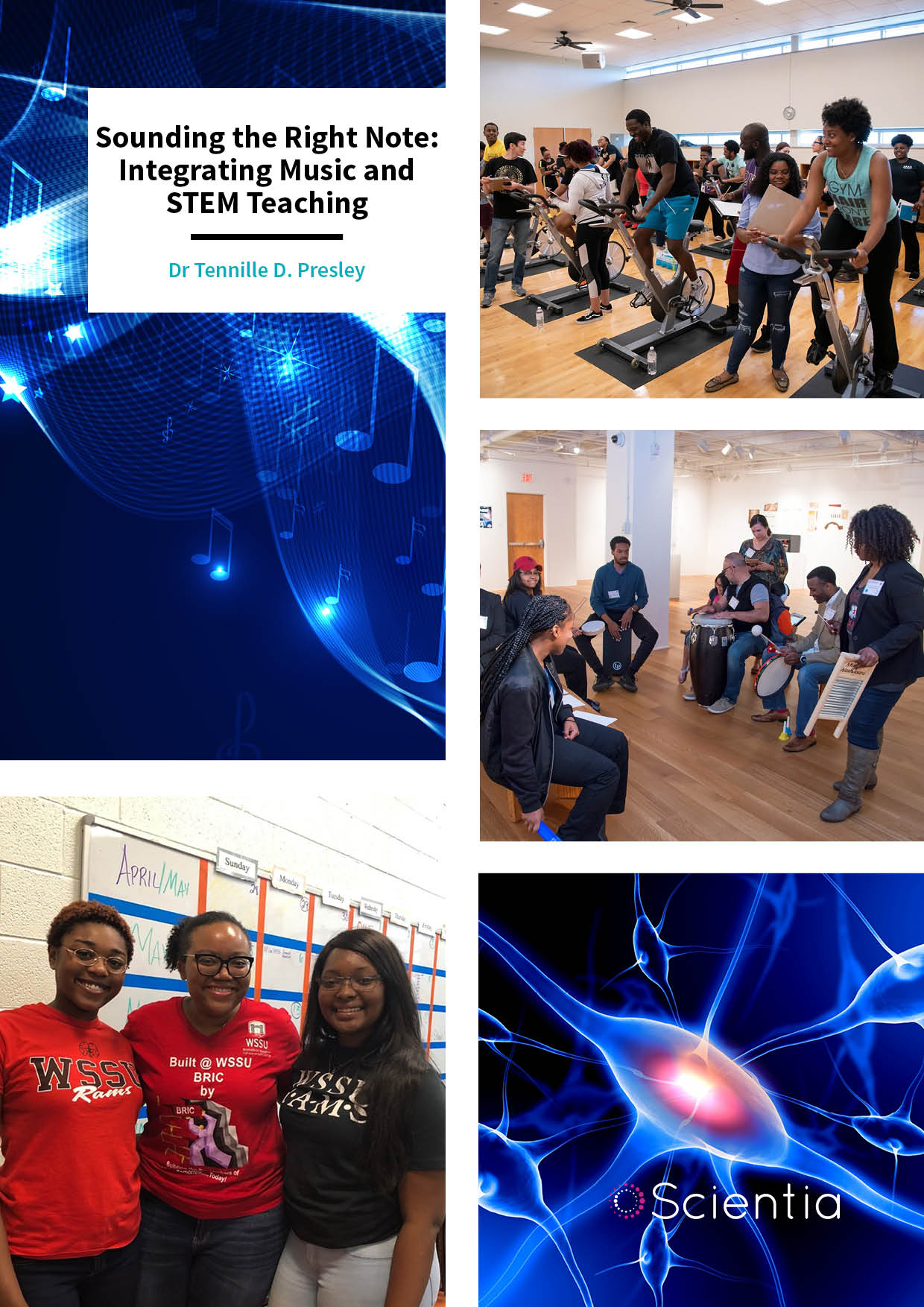
Dr Tennille D. Presley – Sounding the Right Note: Integrating Music and STEM Teaching
Young people can often be discouraged from engaging with STEM subjects because they seem to have little obvious connection to their everyday lives. At Winston-Salem State University in North Carolina, an innovative program led by Dr Tennille D. Presley, is seeking to engage students by combining physics and biology with an art that is central to many students’ social lives: music. Early results from the program suggest that it has been successful in making science exciting and showing students that physics is involved in everything.
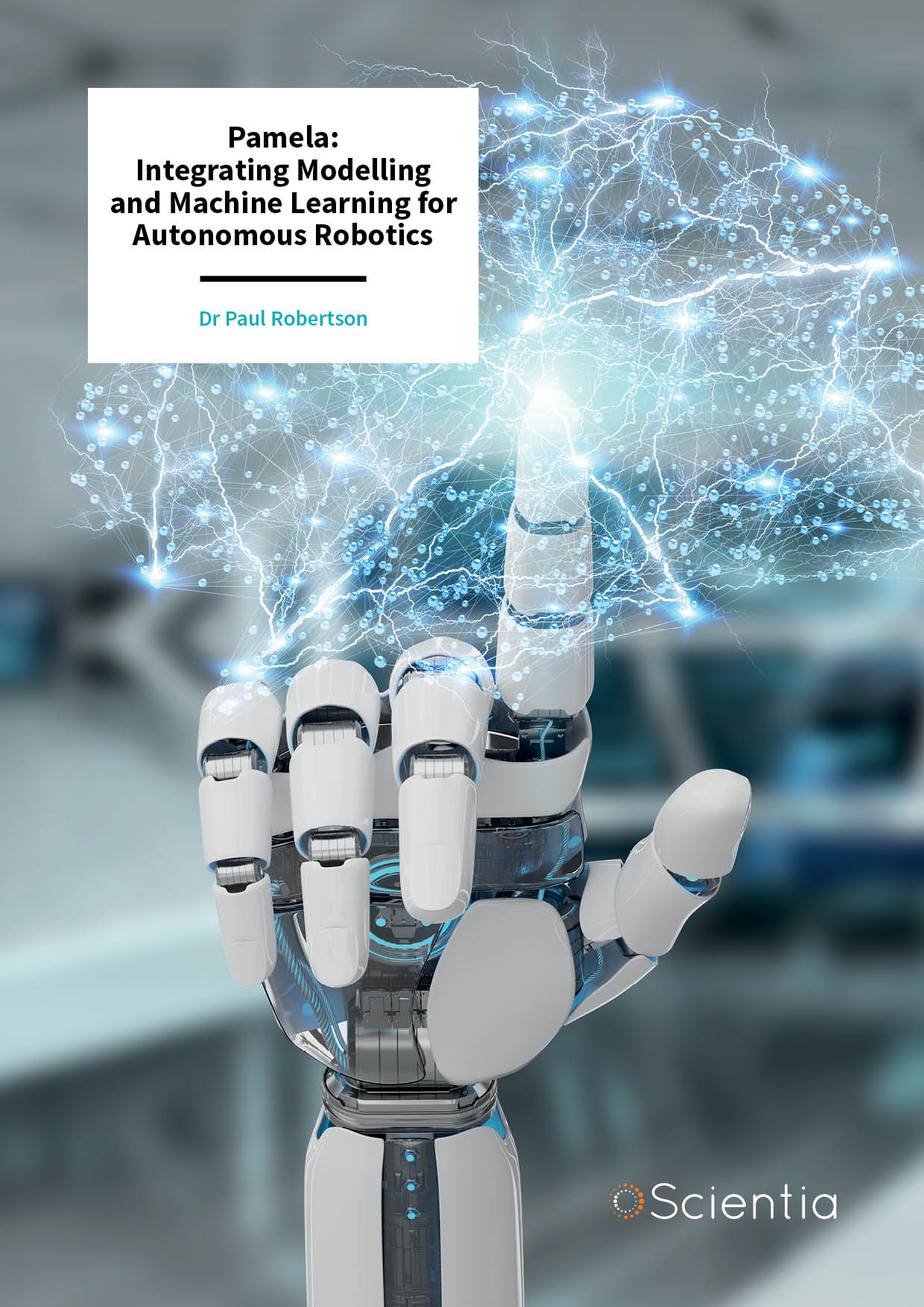
Dr Paul Robertson – Pamela: Integrating Modelling and Machine Learning for Autonomous Robotics
Machine learning is rapidly advancing the decision-making capabilities of today’s computers, yet without an in-depth knowledge of the programming it involves, many engineers and researchers find current technology inaccessible. Dr Paul Robertson at Dynamic Object Language Labs (DOLL) in Massachusetts believes that a solution to the issue may have been hidden in plain sight: machine learning itself. His ideas have now culminated in ‘Pamela’: a universal, open-source language capable of modelling real-world systems, and building plans to overcome challenges. The language and its related tools could soon open up significant opportunities in the emerging field of artificial intelligence.
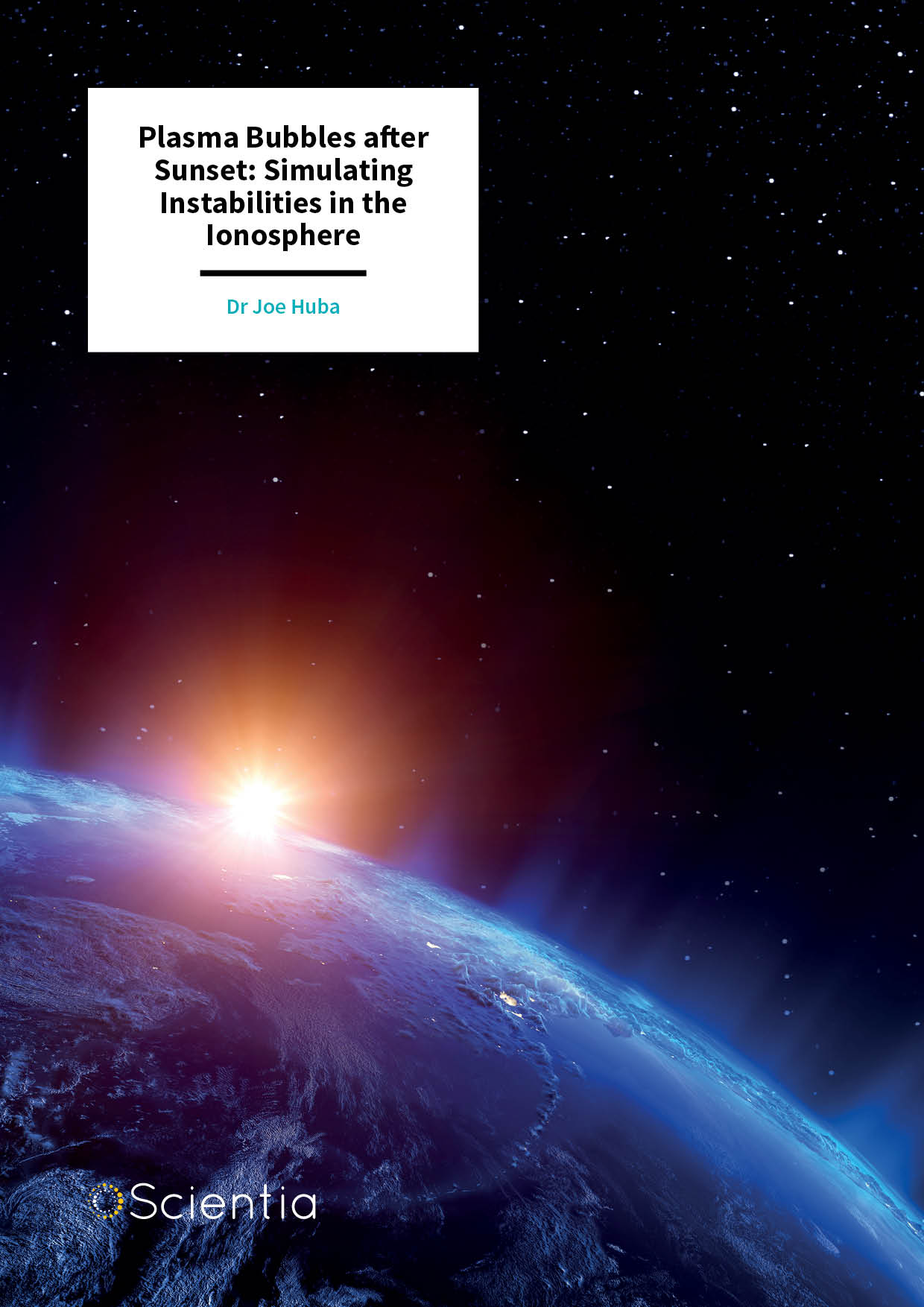
Dr Joe Huba – Plasma Bubbles after Sunset: Simulating Instabilities in the Ionosphere
Many kilometres above the Earth’s equatorial region, something strange occurs for several hours in the late evening: vast bubbles of plasma form in the upper atmosphere, which quickly rise upwards into space. Dr Joe Huba at Syntek Technologies in Virginia aims to gain a better understanding of this complex process, by recreating it through computer simulations. His team’s work is providing researchers with a more complete understanding of Earth’s atmosphere, and could also provide critical insights for satellite systems that communicate using radio waves, as well as global positioning systems.
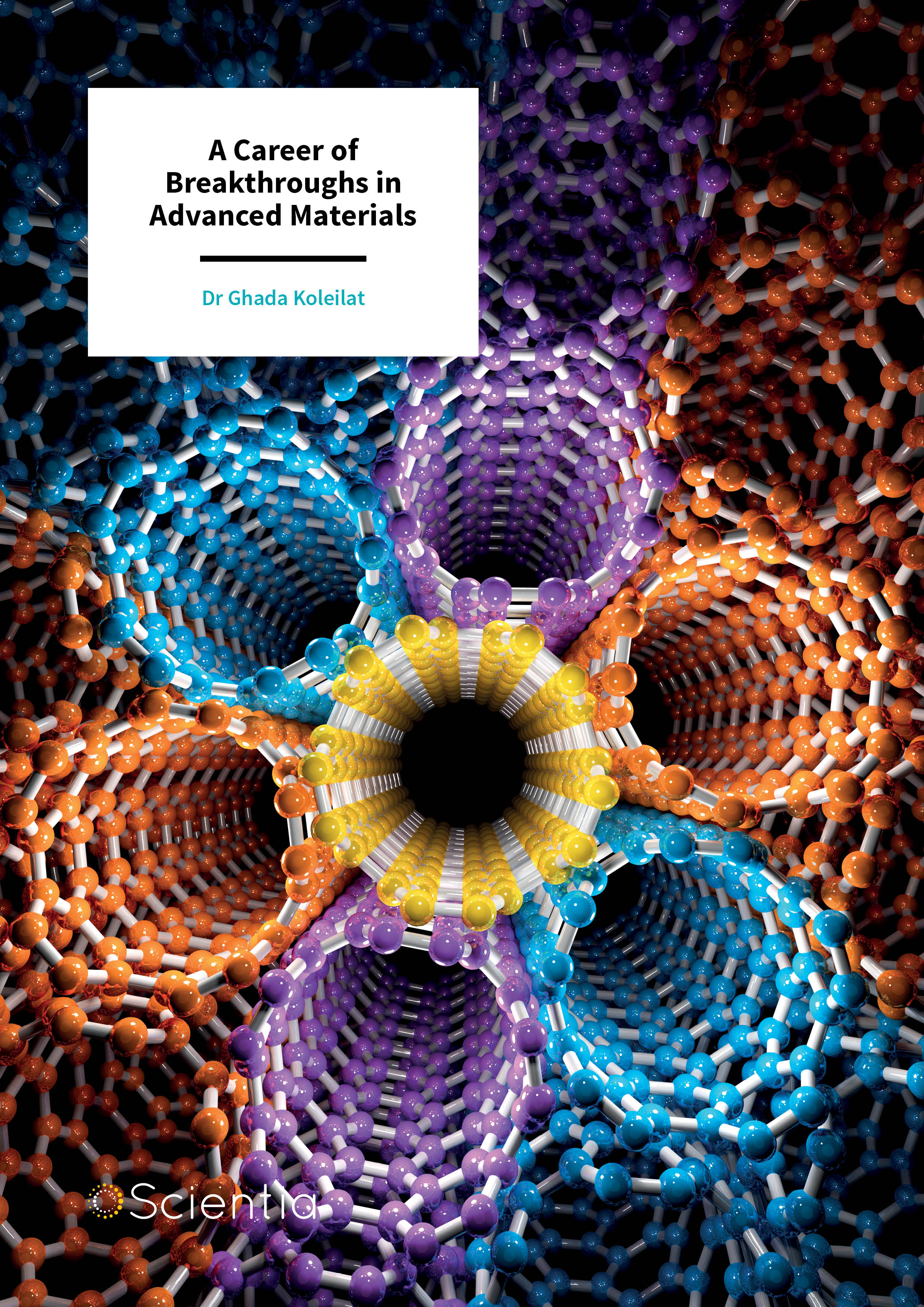
Dr Ghada Koleilat – A Career of Breakthroughs in Advanced Materials
Solution-processed nanomaterials, such as quantum dots, are some of the most exciting and widely studied materials in nanotechnology today, but reaching this point has been no easy task for scientists. From the very start of her career, Dr Ghada Koleilat, now an Assistant Professor at Dalhousie University in Canada, has been a renowned pioneer in this field – devising innovative new solutions to some of nanotechnology’s most pressing questions. Her numerous breakthroughs have brought about some profound new ways of thinking in one of the most rapidly developing energy generation technologies in the modern world: solar cells.
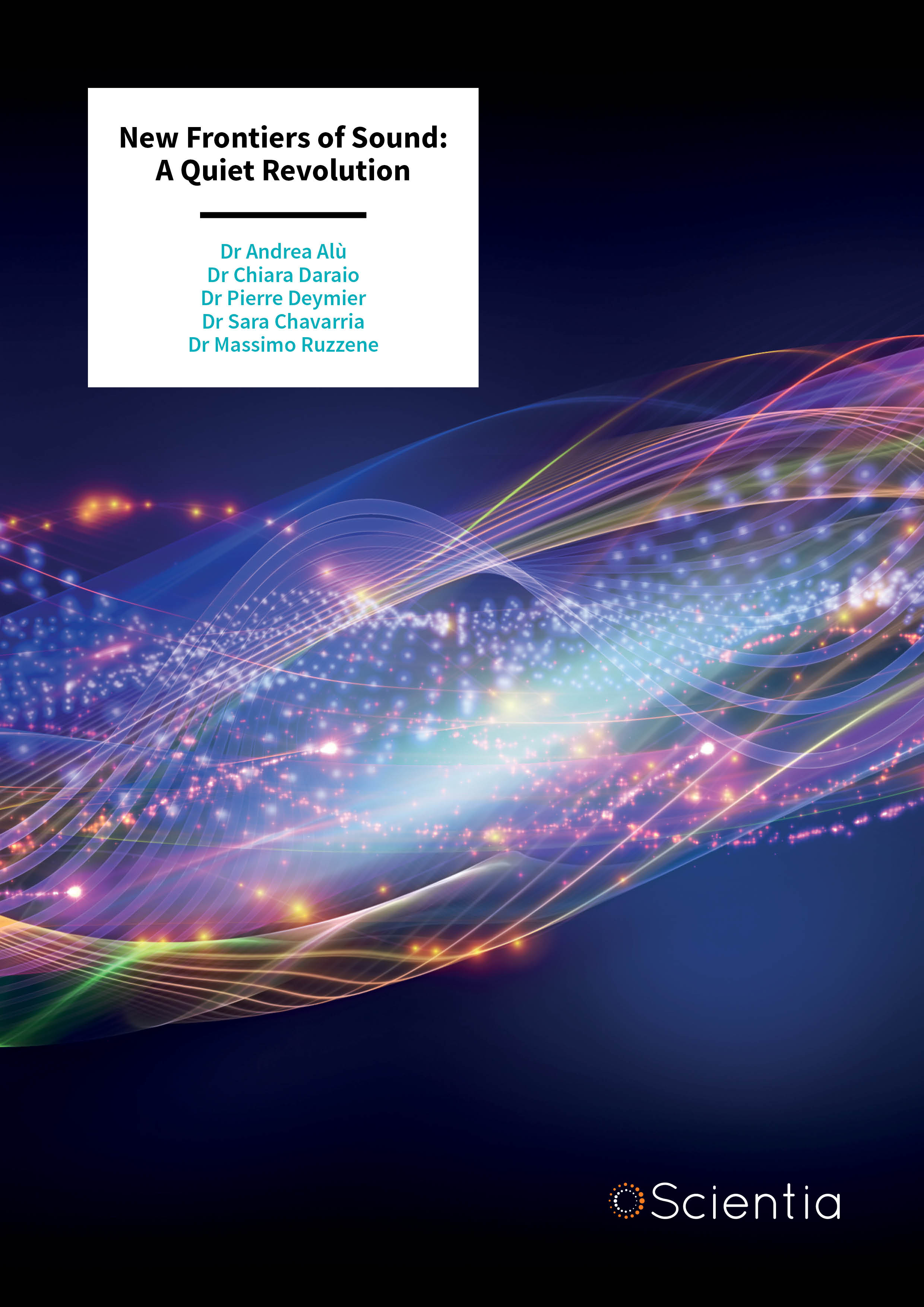
New Frontiers of Sound: A Quiet Revolution
Sound waves are all around us. They govern vibrations from the sweetest of sound to the most destructive earthquakes. Now, a team of researchers across the US has embarked on an ambitious project, named ‘New Frontiers of Sound’, which will pave the way for advanced technologies that operate using sound waves. Combining the expertise of more than 30 leading scientists and engineers from across the field of acoustics, the project promises to discover new properties of sound, while offering exciting opportunities for researchers from a diverse range of backgrounds.
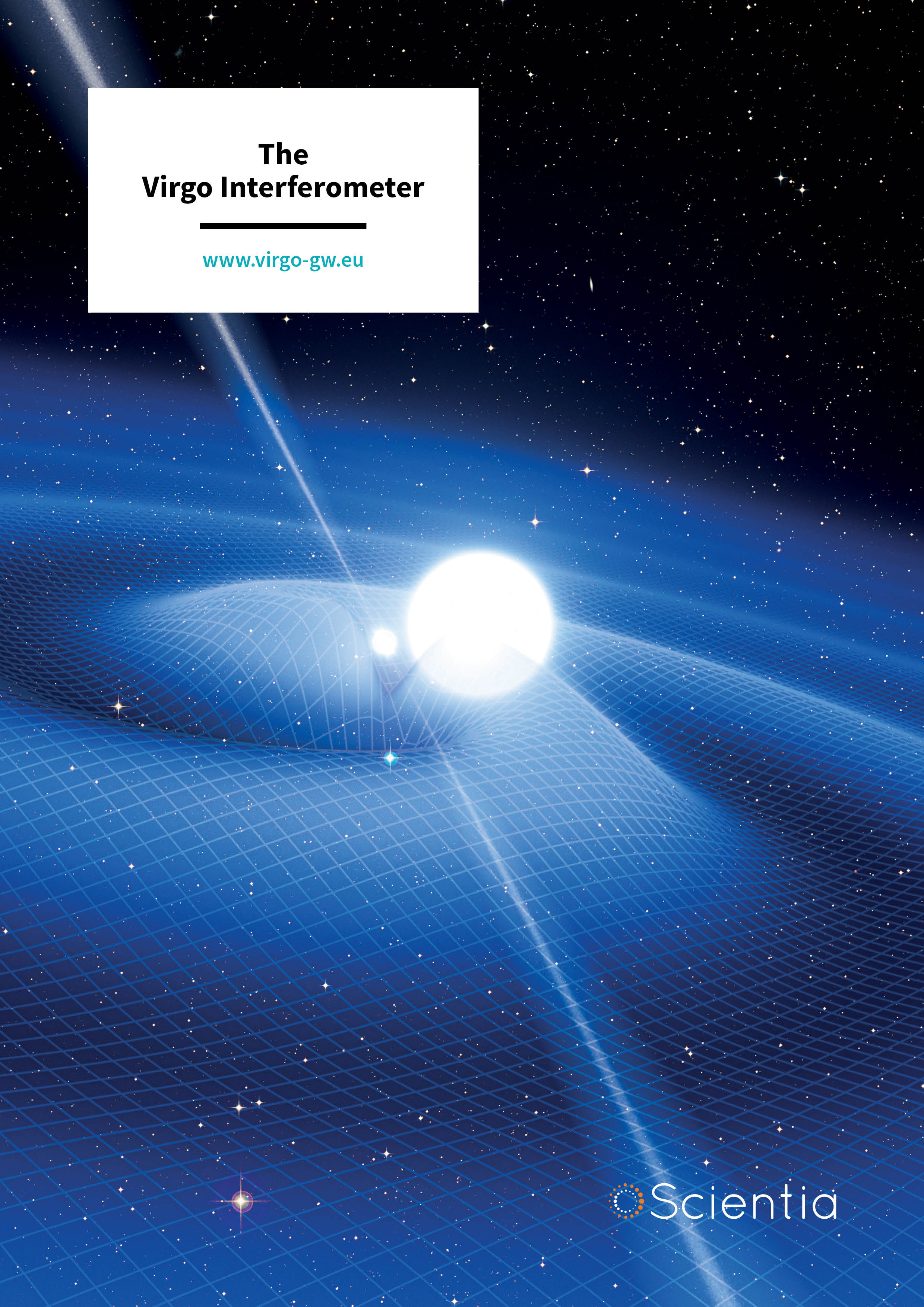
The Virgo Interferometer
Located near the city of Pisa in Italy, the Virgo interferometer is the most sensitive gravitational wave detector in Europe. The latest version of the interferometer – the Advanced Virgo – was built in 2012, and has been operational since 2017. Virgo is part of a scientific collaboration of more than 100 institutes from 10 European countries. By detecting and analysing gravitational wave signals, which arise from collisions of black holes or neutron stars millions of lightyears away, Virgo’s goal is to advance our understanding of fundamental physics, astronomy and cosmology. In this exclusive interview, we speak with the spokesperson of the Virgo Collaboration, Dr Jo van den Brand, who discusses Virgo’s achievements, plans for the future, and the fascinating field of gravitational wave astronomy.
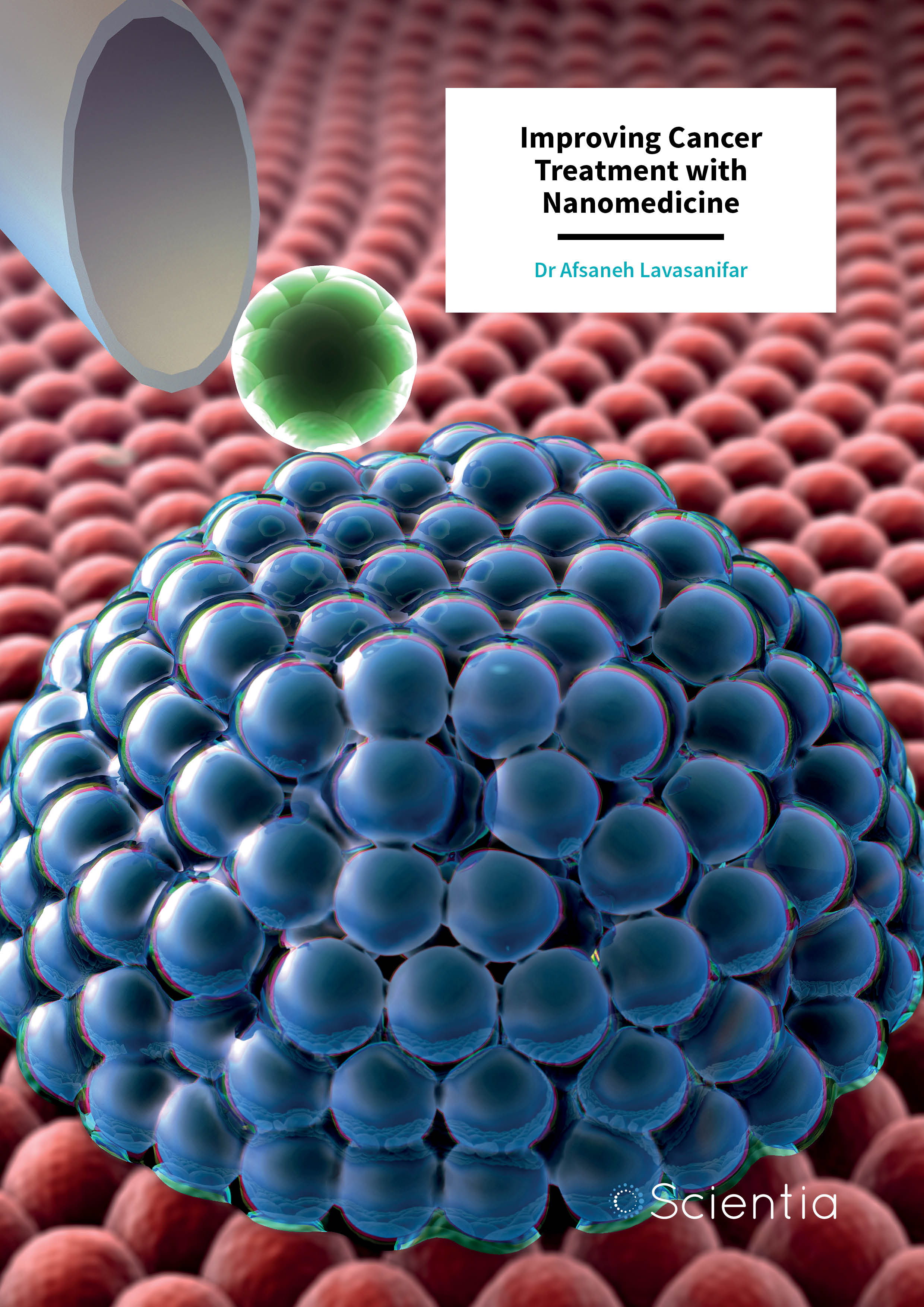
Dr Afsaneh Lavasanifar – Improving Cancer Treatment with Nanomedicine
Cancer is one of the most common causes of mortality worldwide and diagnosis rates are continually increasing. An estimated one in three women and one in two men will be diagnosed with a form of cancer at some point throughout our lives. For many cancer types, chemotherapy and radiotherapy are the chosen treatment methods, but their success rates are surprisingly limited, and both can cause serious side-effects. Dr Afsaneh Lavasanifar and her research group at the University of Alberta have set out to develop drug-delivery systems to improve the effectiveness of cancer treatment and reduce side-effects. Their research involves the targeted delivery of drug-loaded nanoparticles directly to tumour tissues.
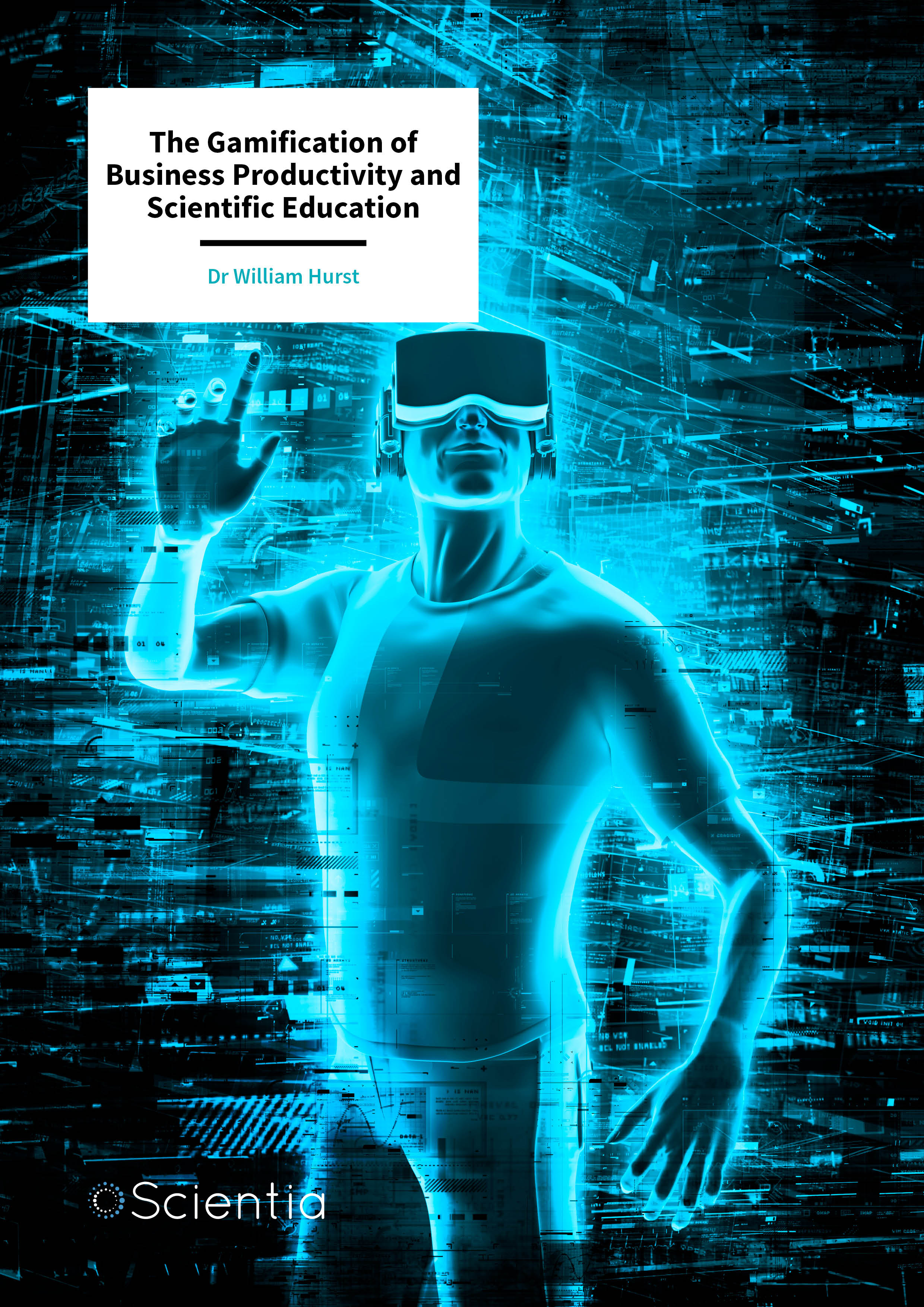
Dr William Hurst – The Gamification of Business Productivity and Scientific Education
It is undoubtable that virtual reality and augmented reality will soon be an integral part of our daily lives at home, in education, and at work. Here, we look at some of the exciting projects that Dr William Hurst of the Department of Computer Science at Liverpool John Moores University is driving forward and read how he is embracing virtual reality and augmented reality to enhance teaching and education, providing insight into how such technology may be utilised in the not too distant future.

Dr Stephanie Manz and Dr Thorsten Schumm – iWave: A New Scheme for Matter Wave Interferometry
By precisely measuring path differences in light waves as they are split apart and recombined, interferometers have allowed physicists to make some of their most profound discoveries: from disproving the ether theory in the late 19th century, to the first detections of gravitational waves in 2016. Now, Dr Stephanie Manz and Dr Thorsten Schumm at TU Vienna aim to push the capabilities of interferometers further with iWave: an instrument that exploits particle-wave-duality, one of the fundamental principles of quantum mechanics. By replacing light waves with matter waves, the duo and their team believe that their new interferometer could bring about exciting experimental opportunities.
